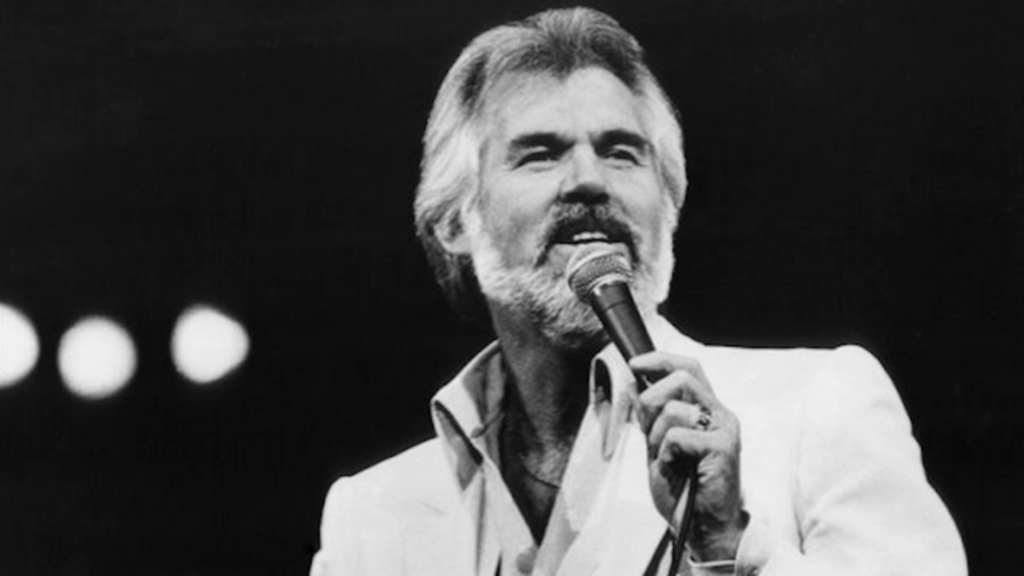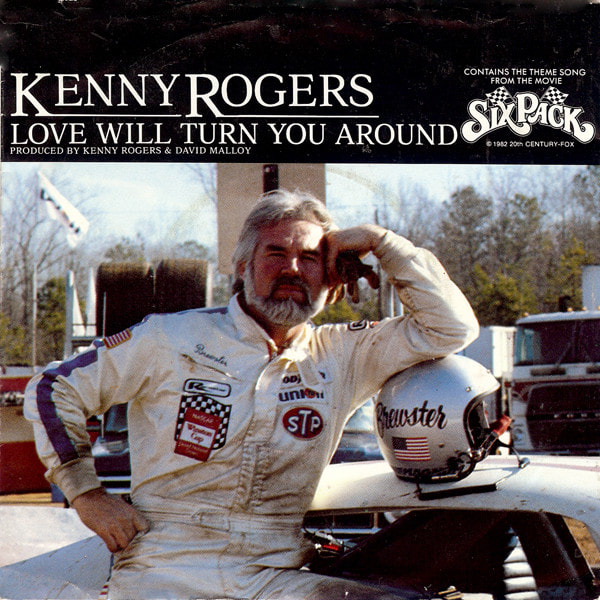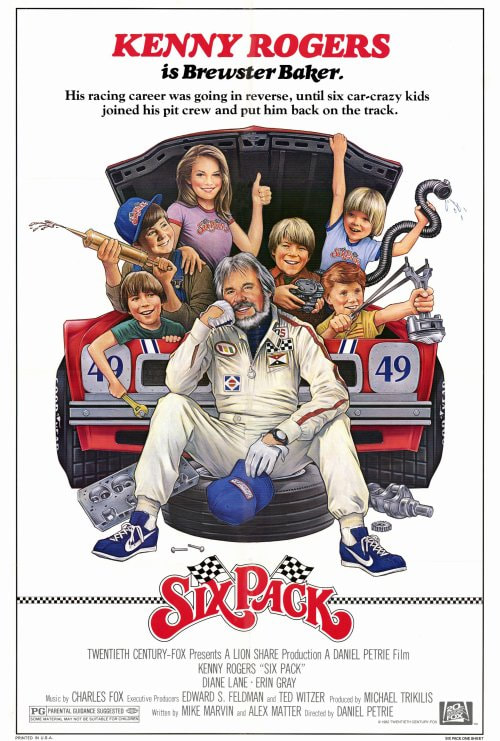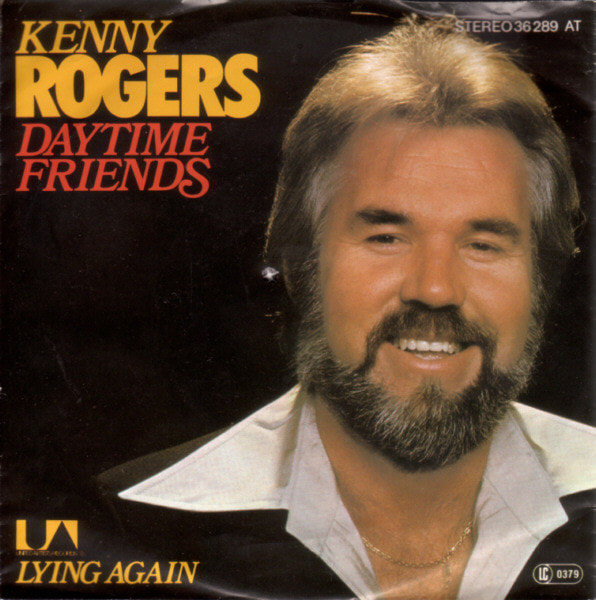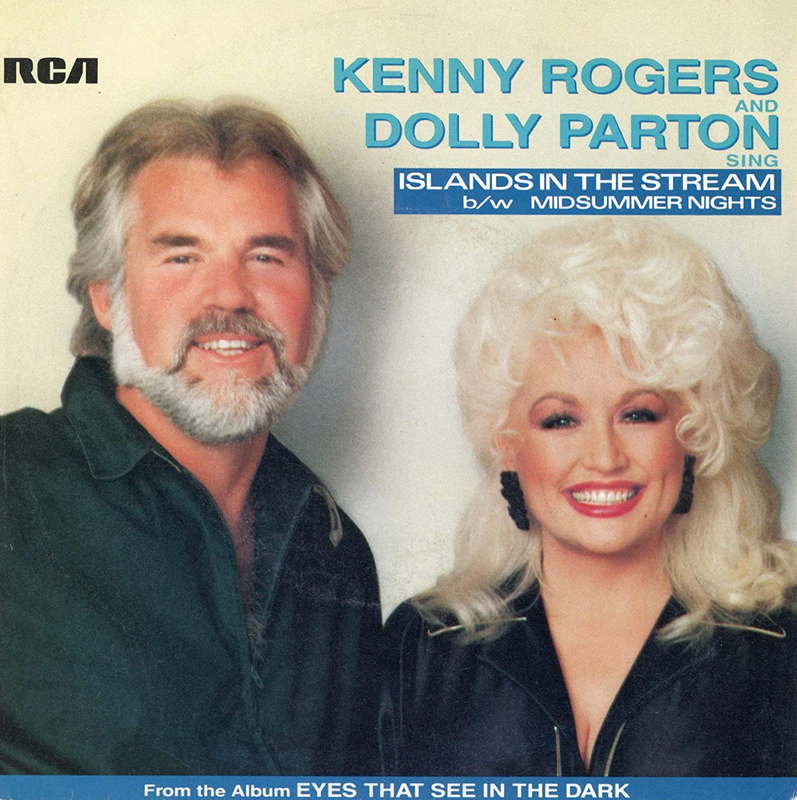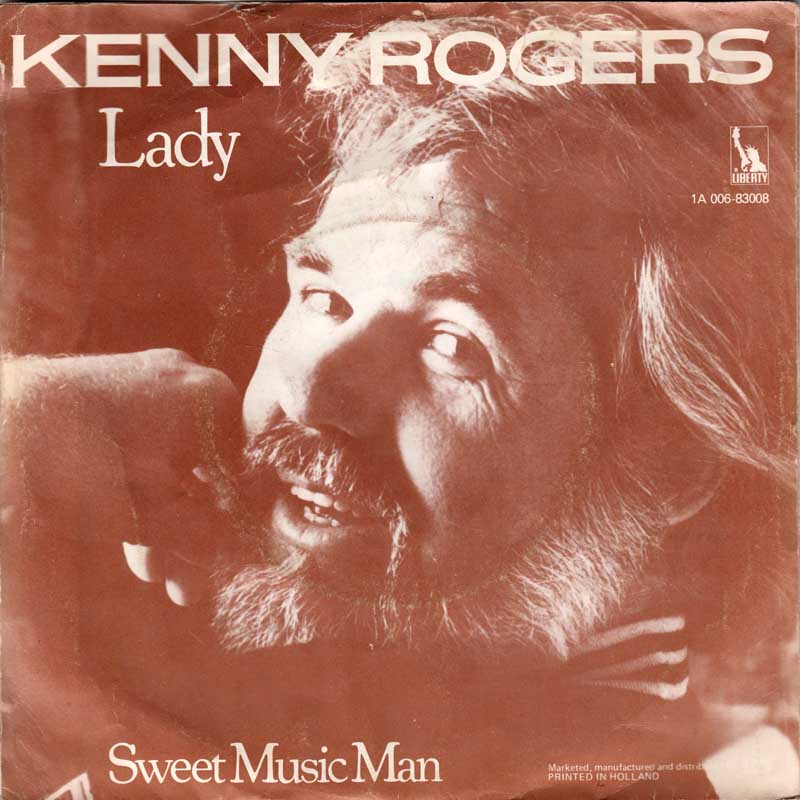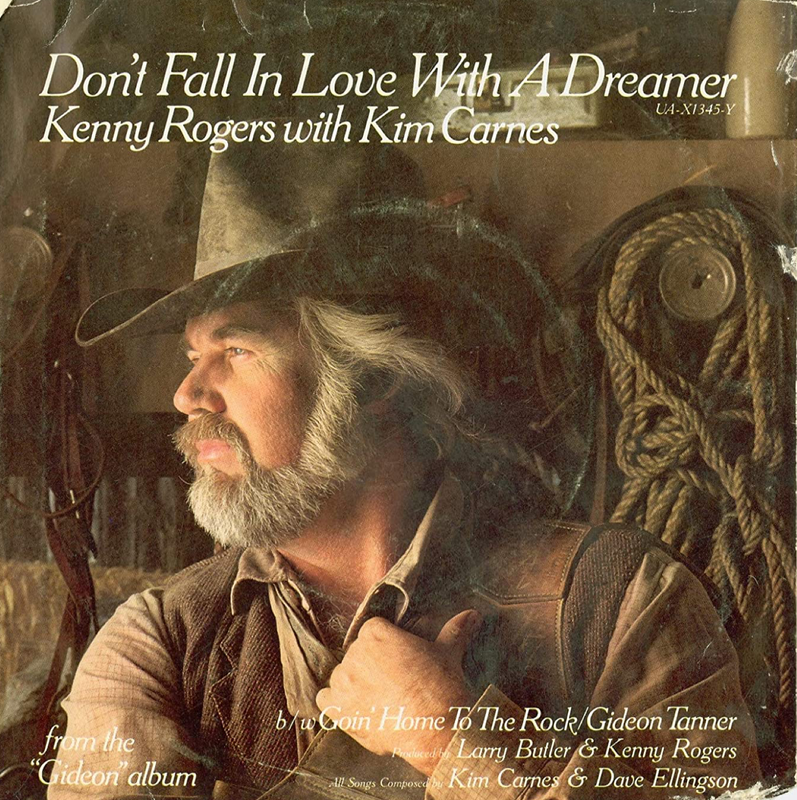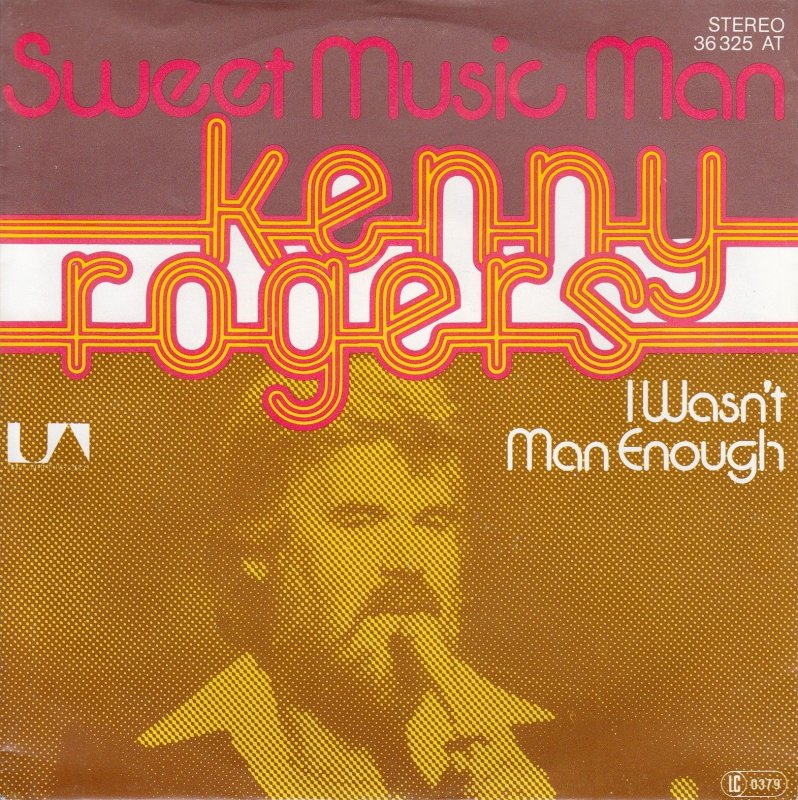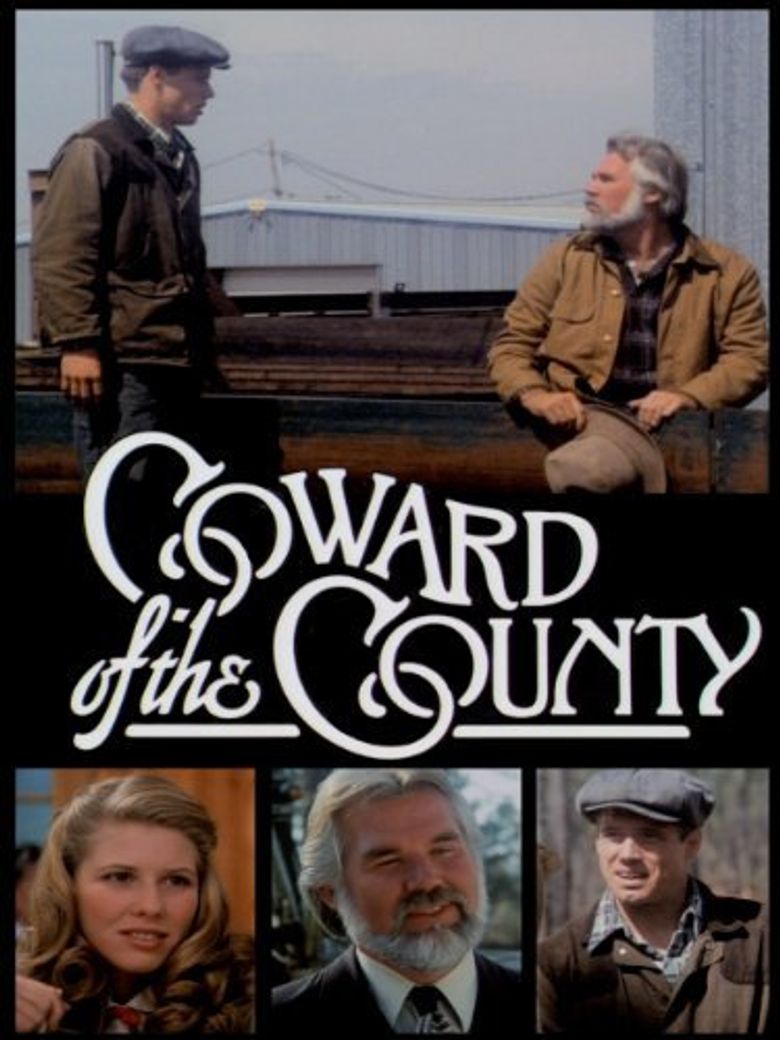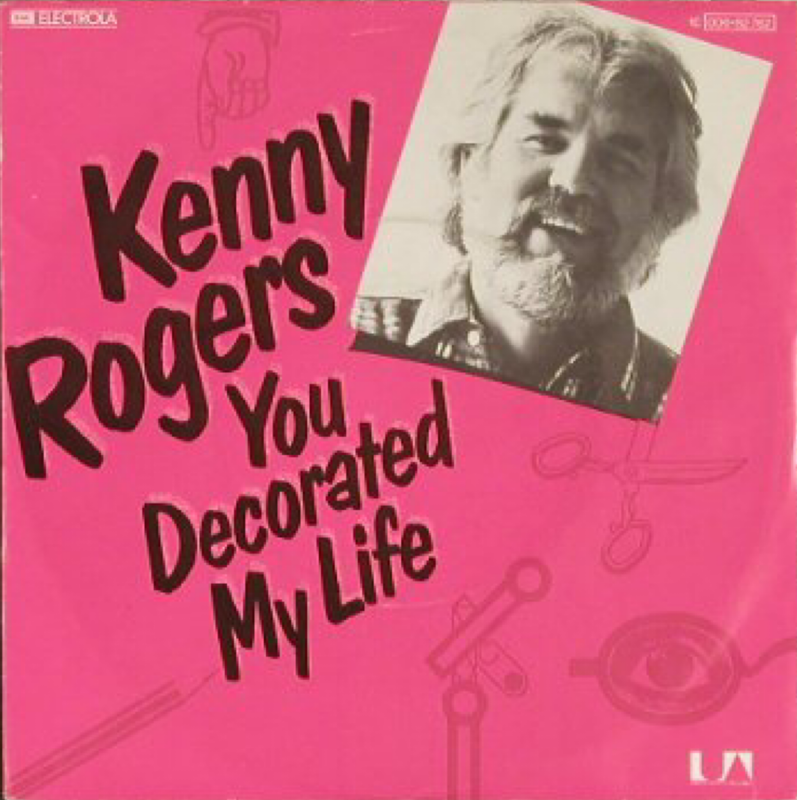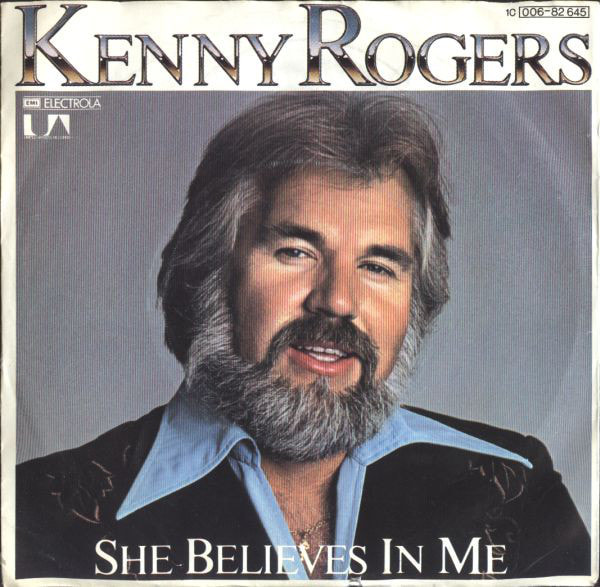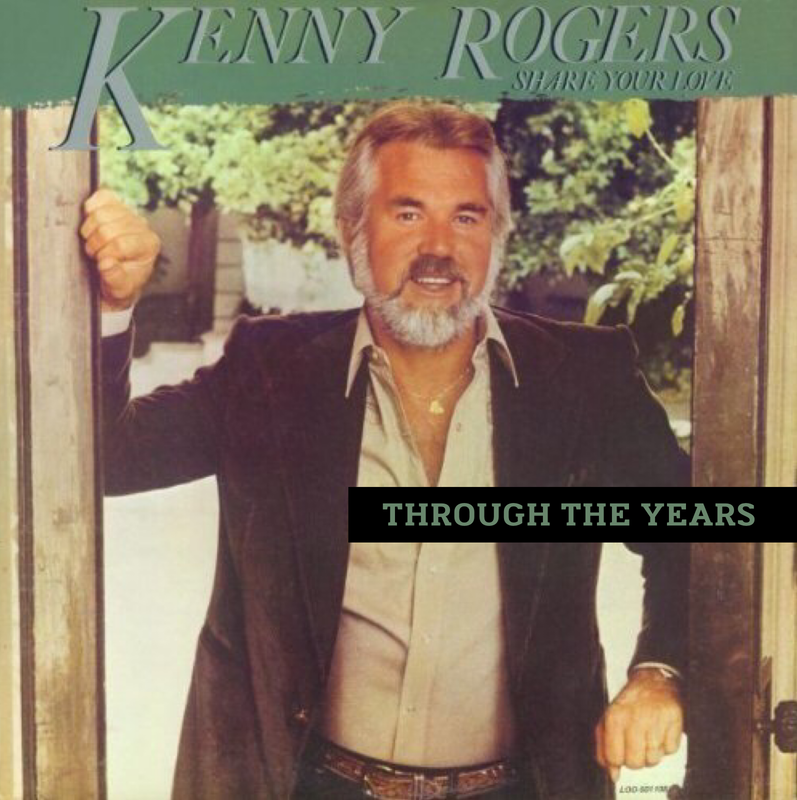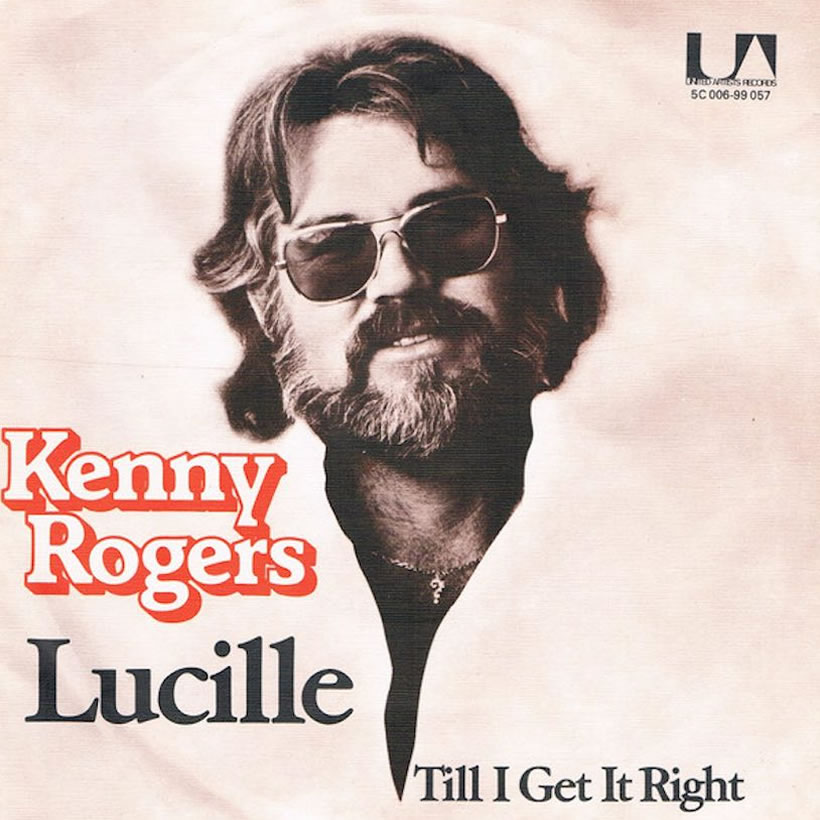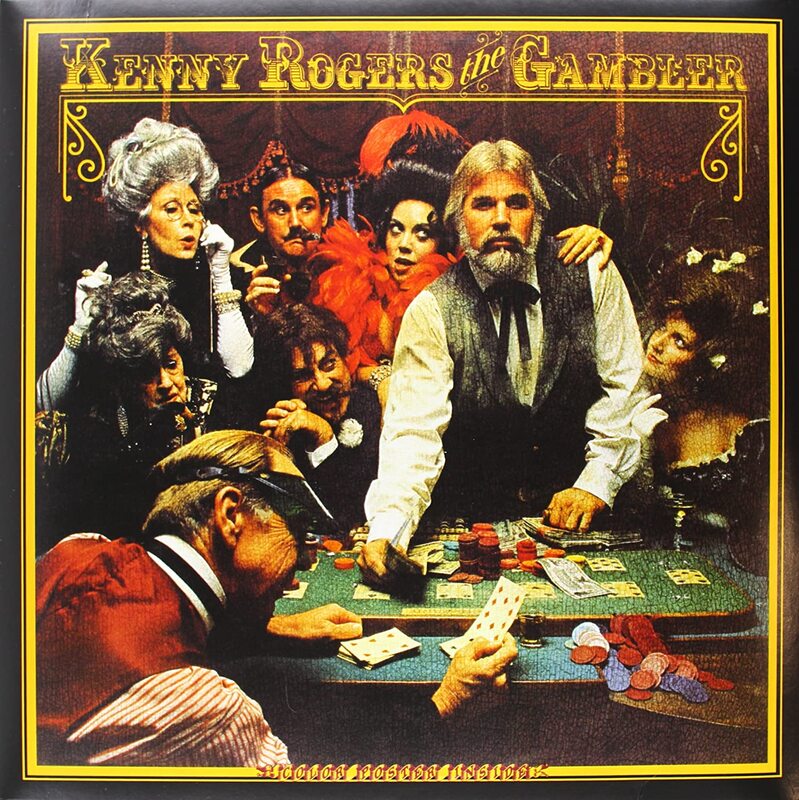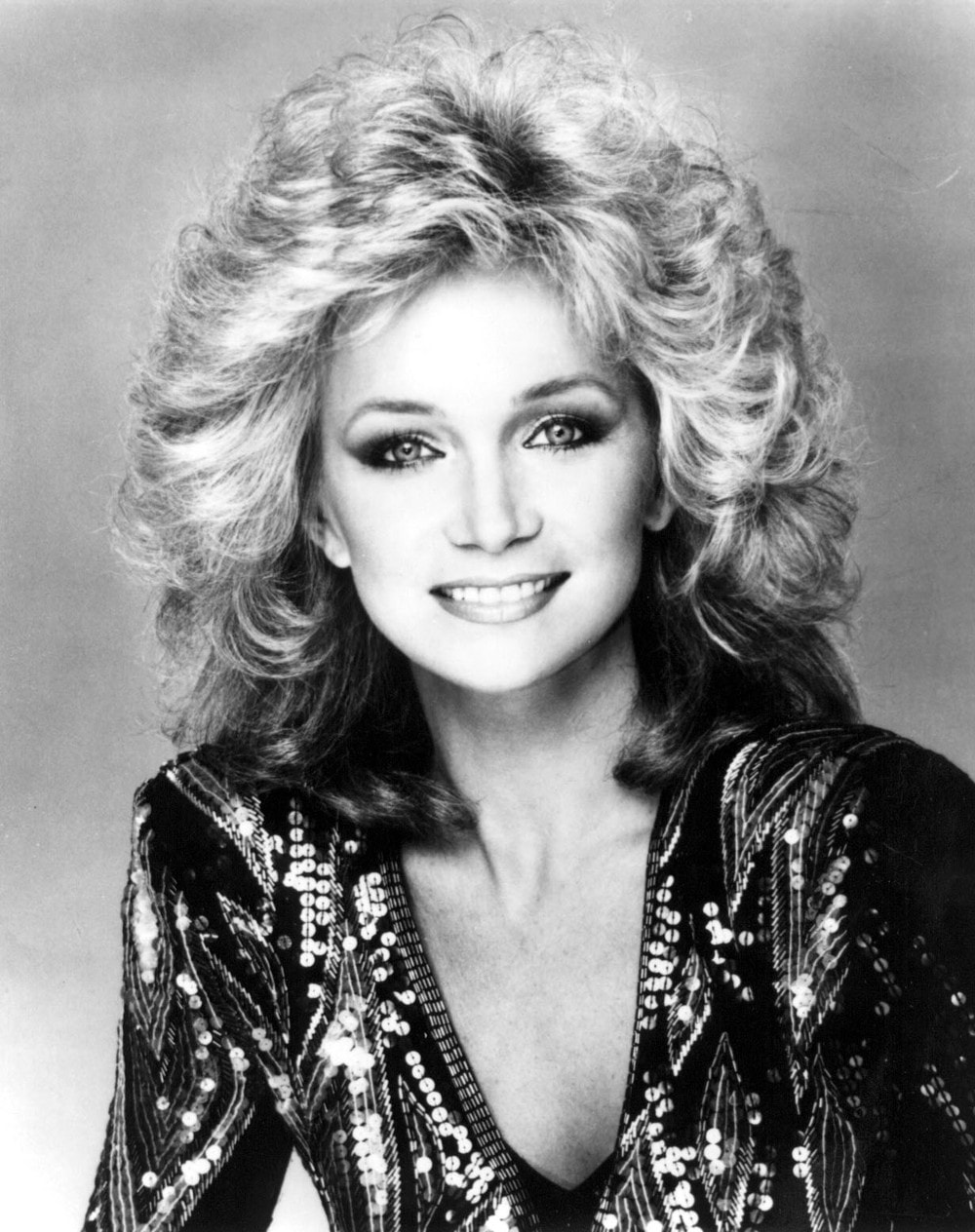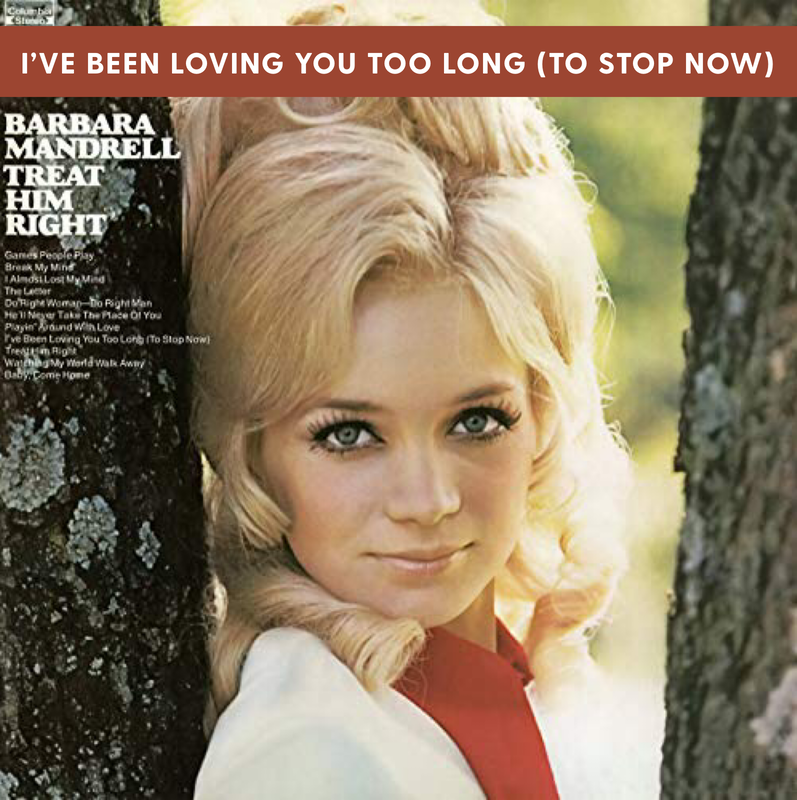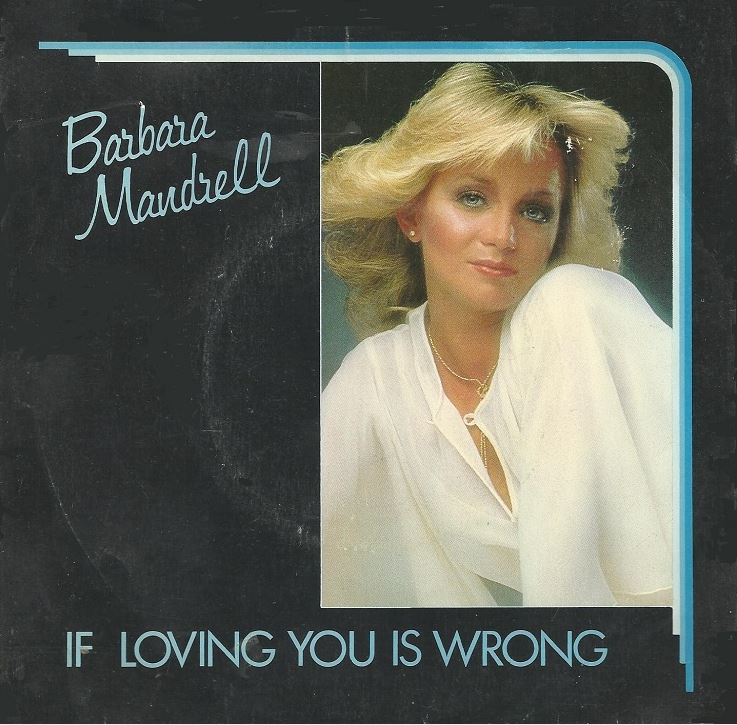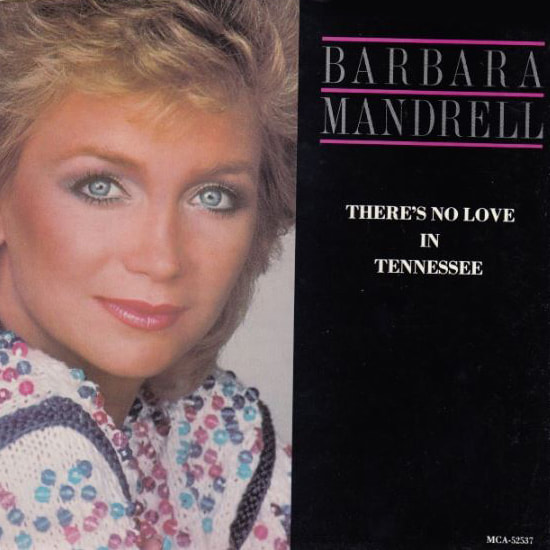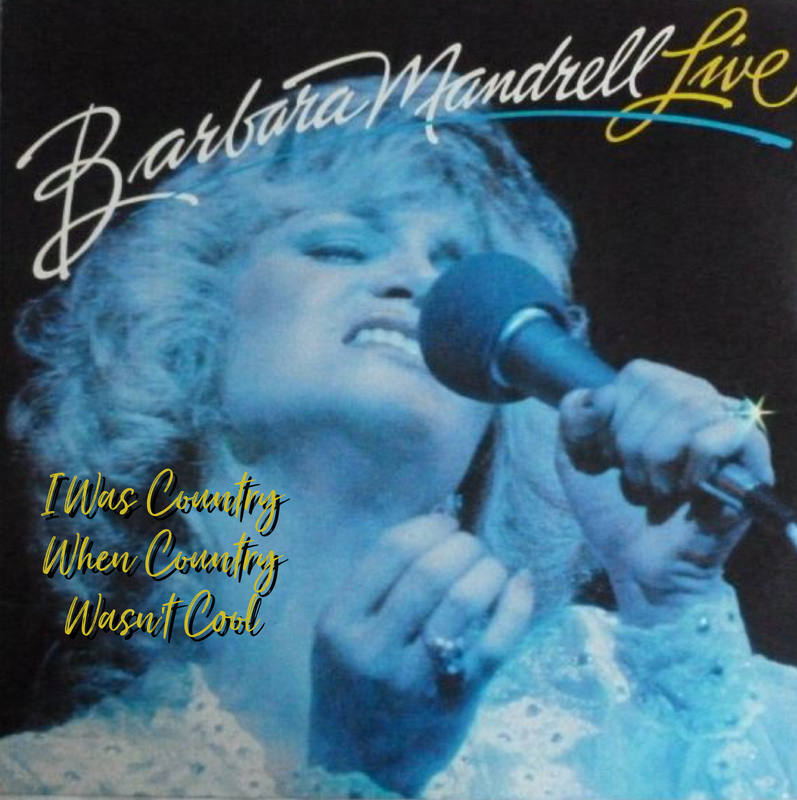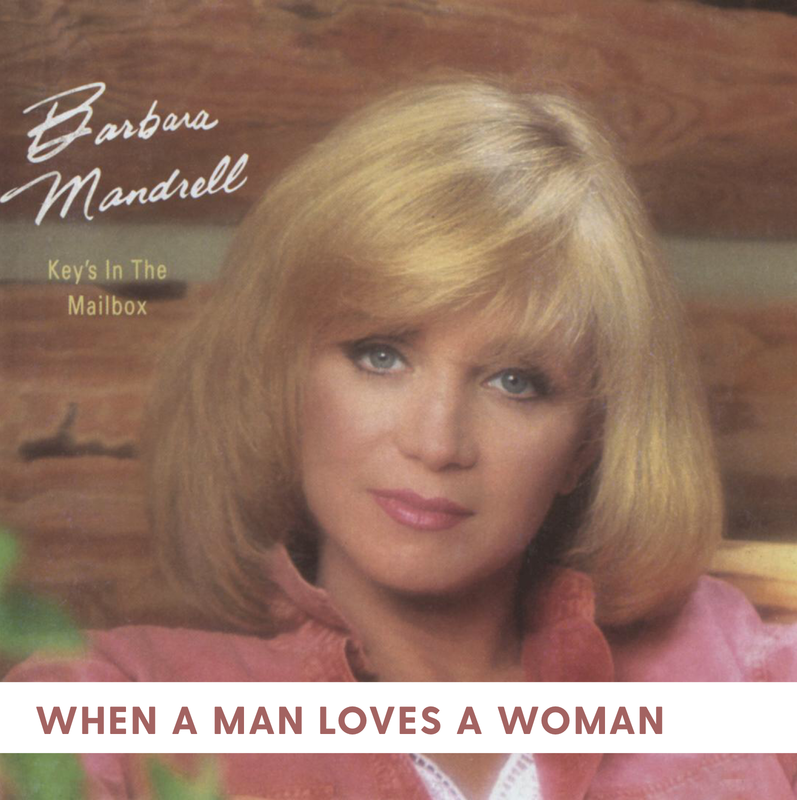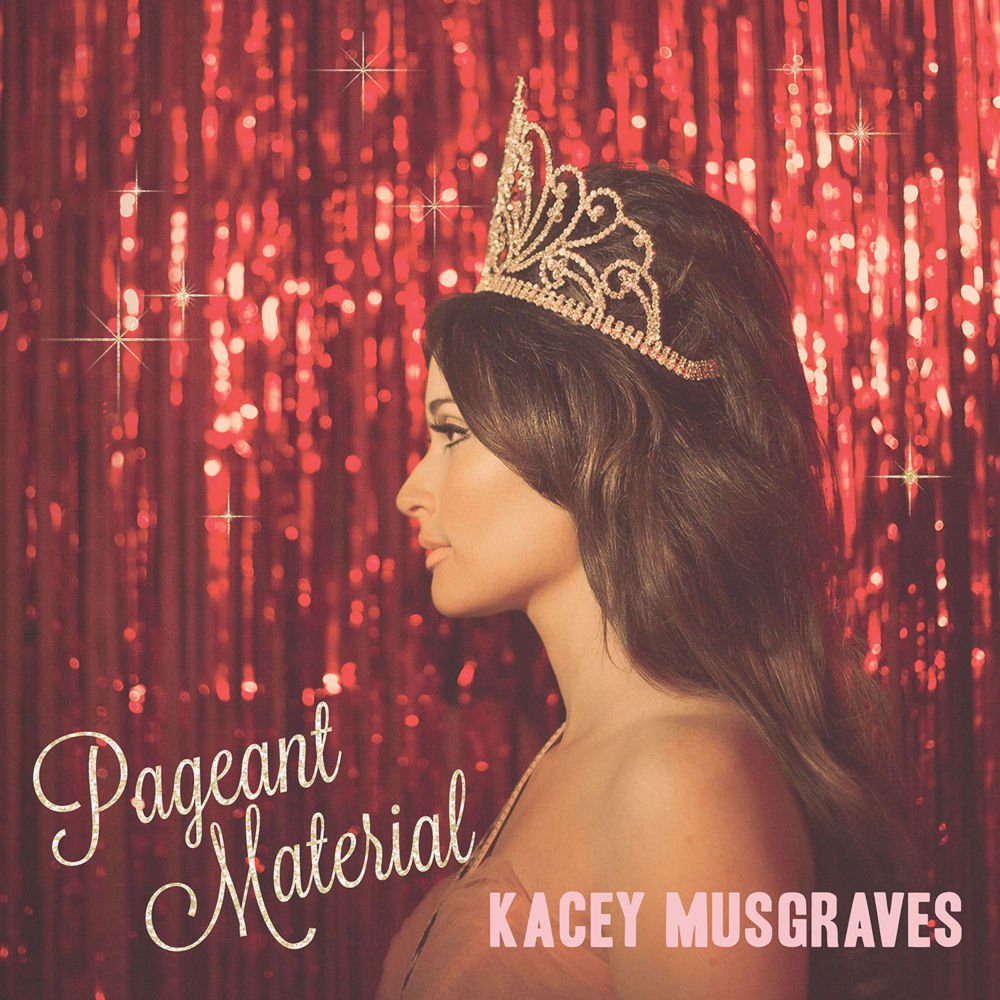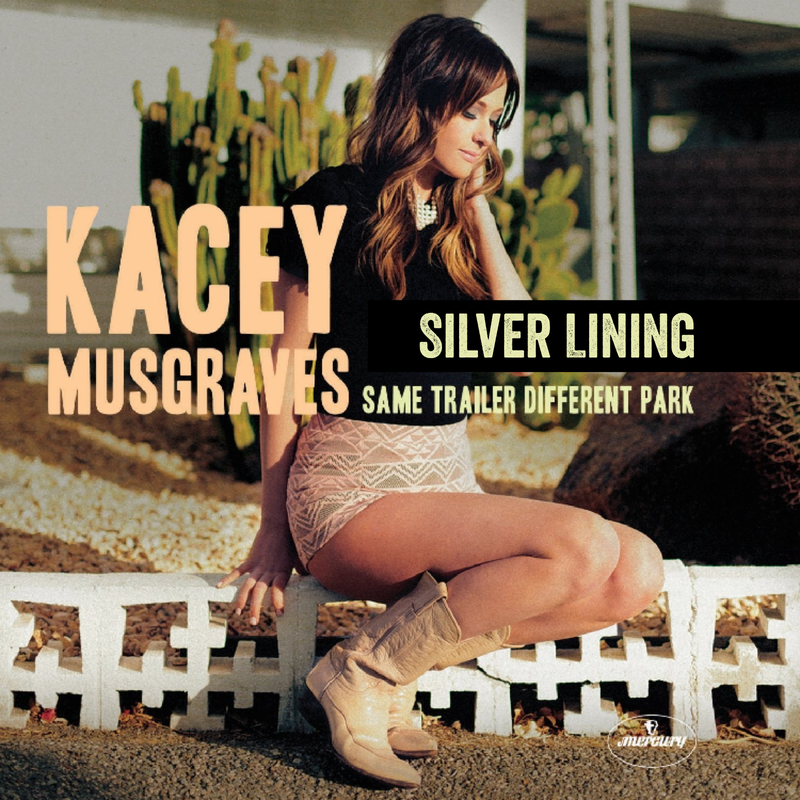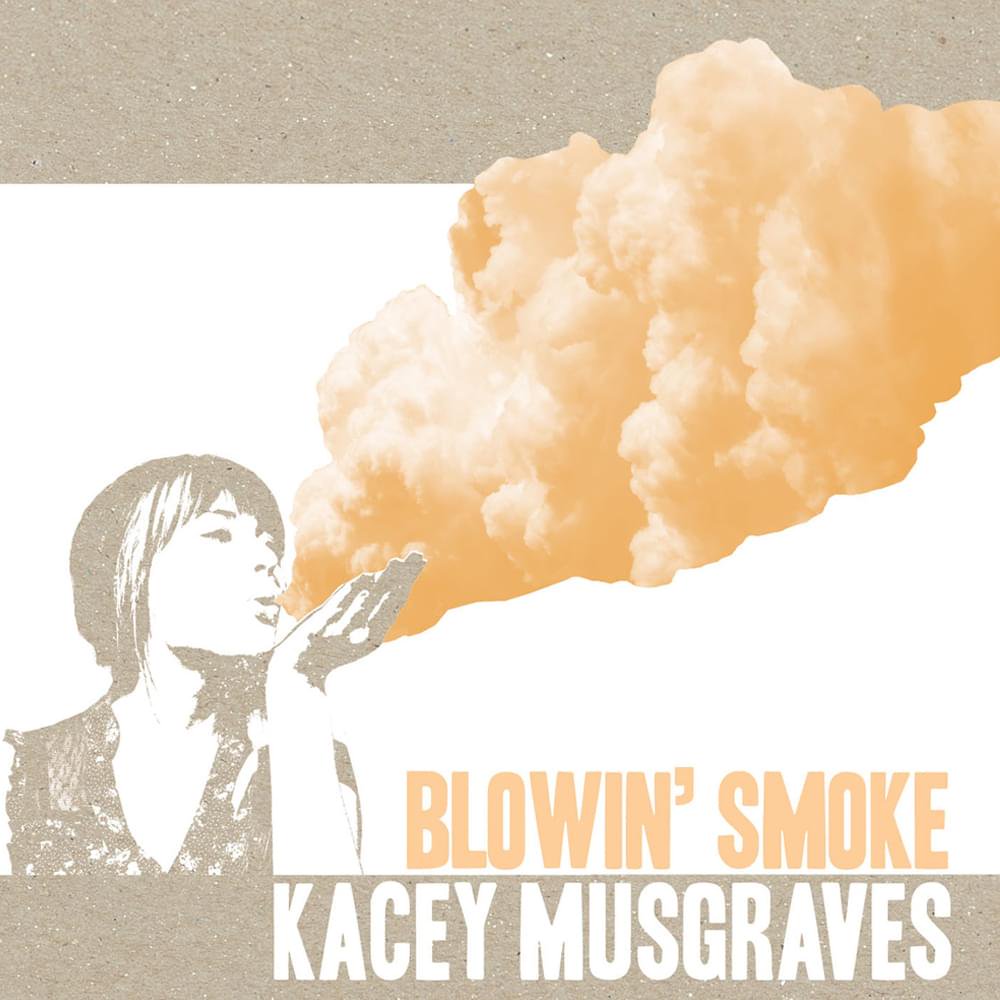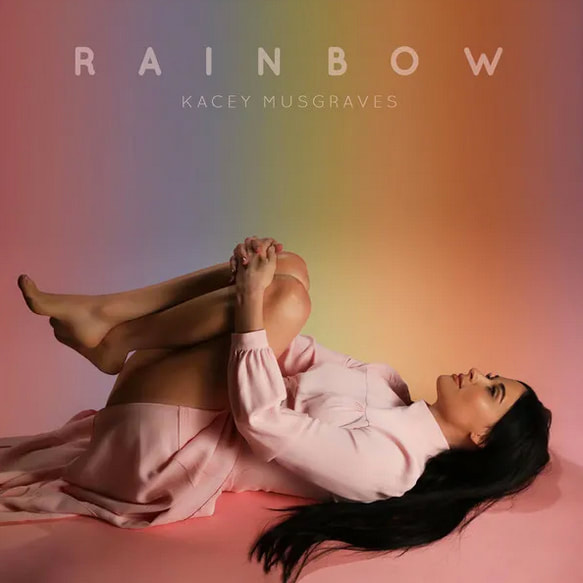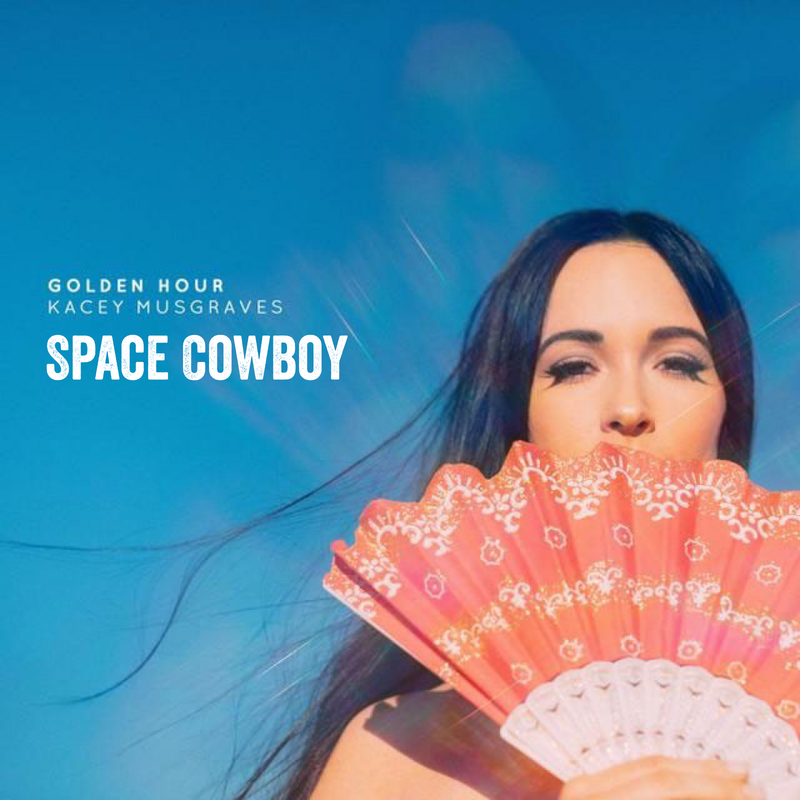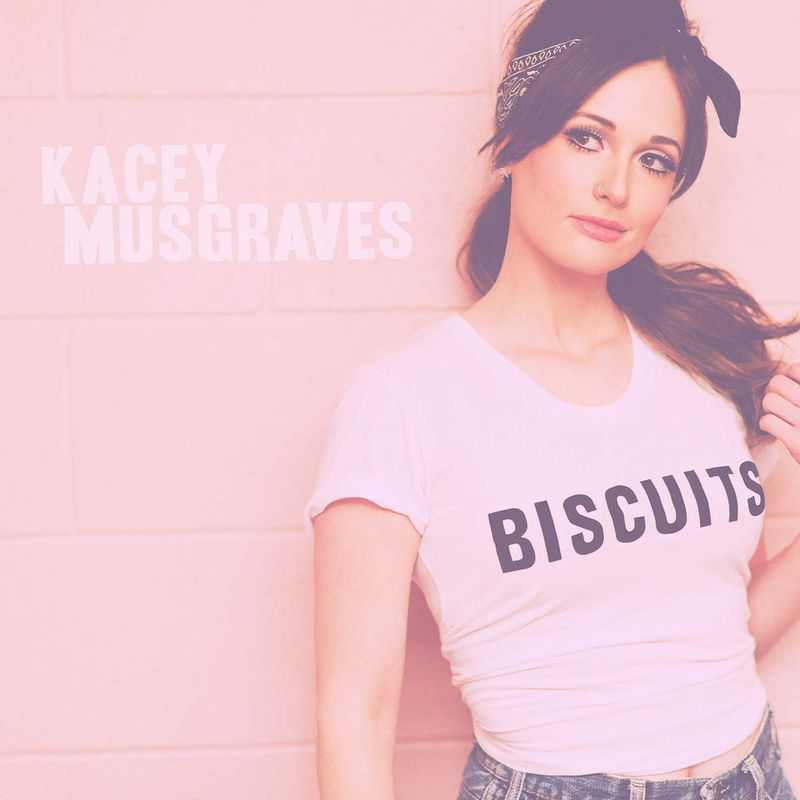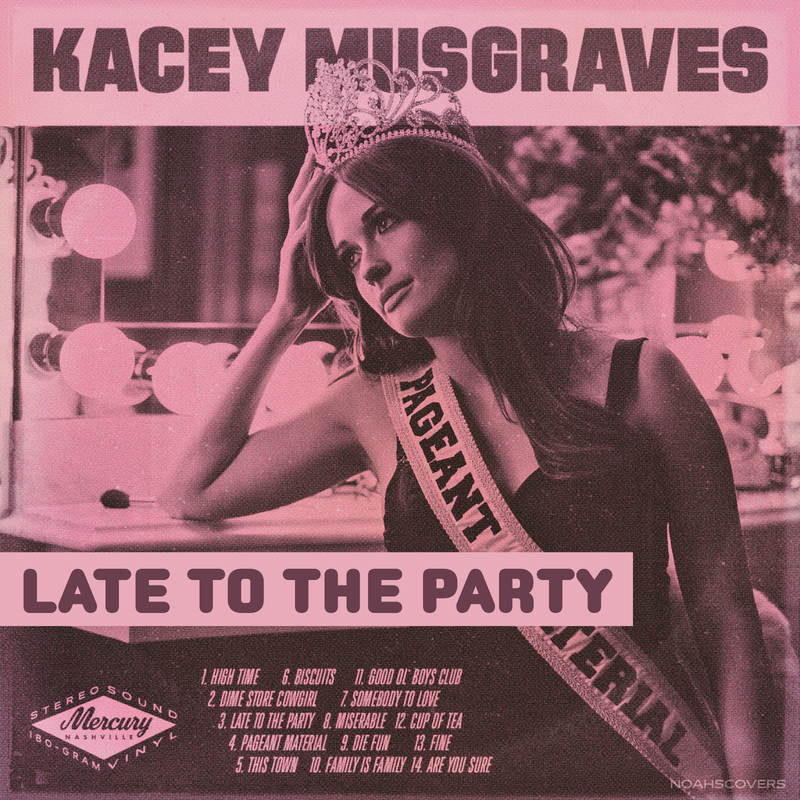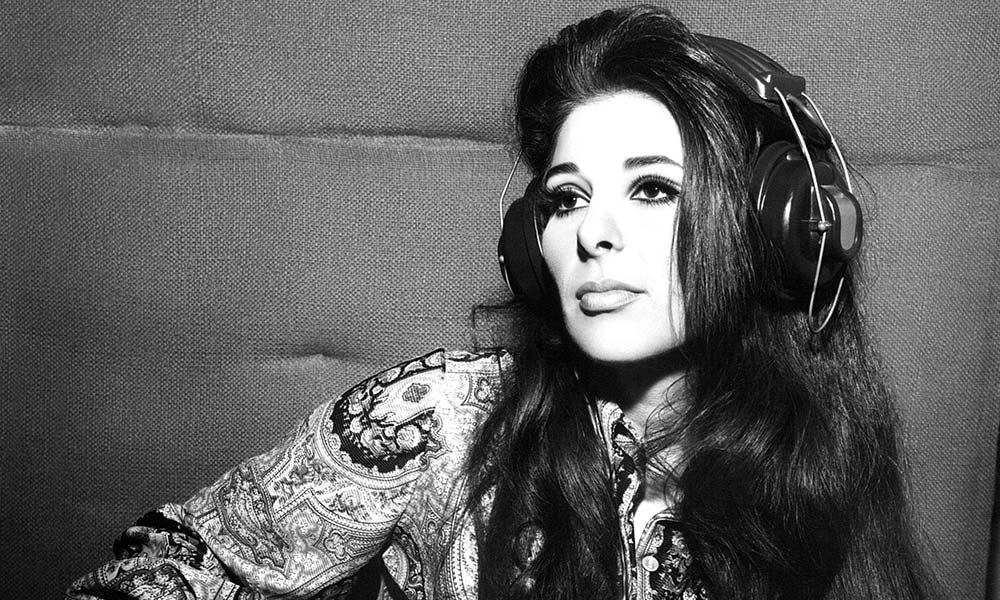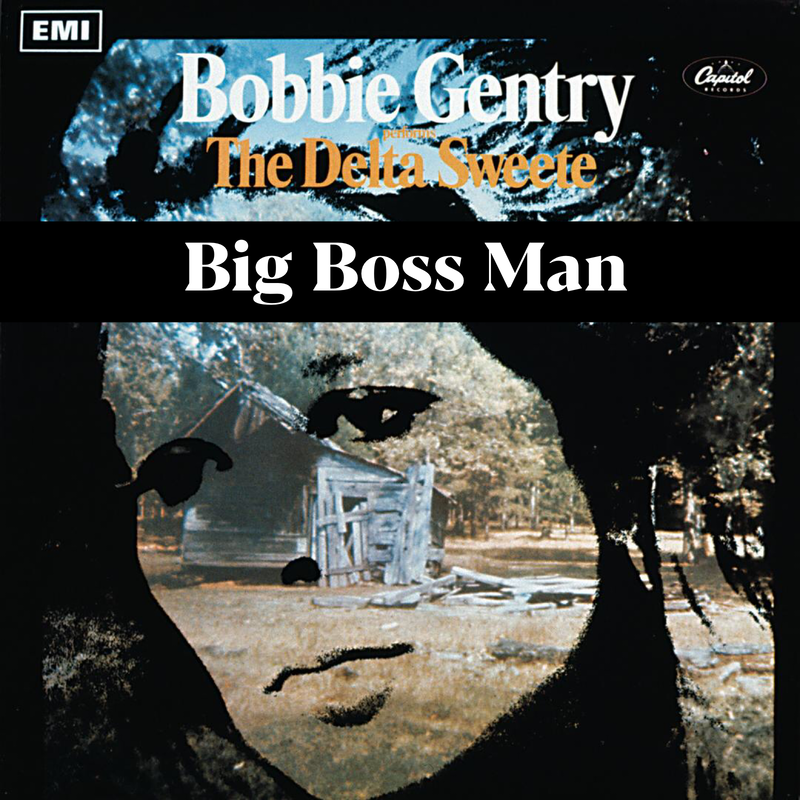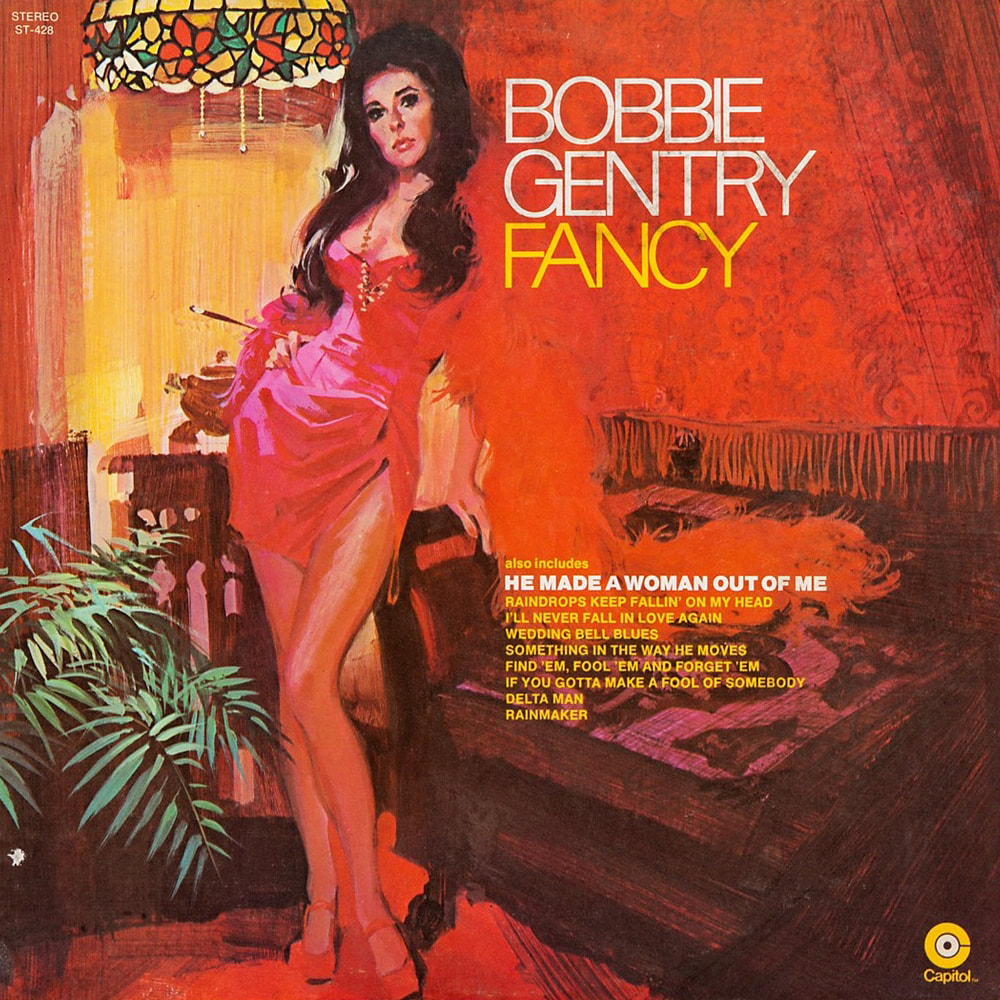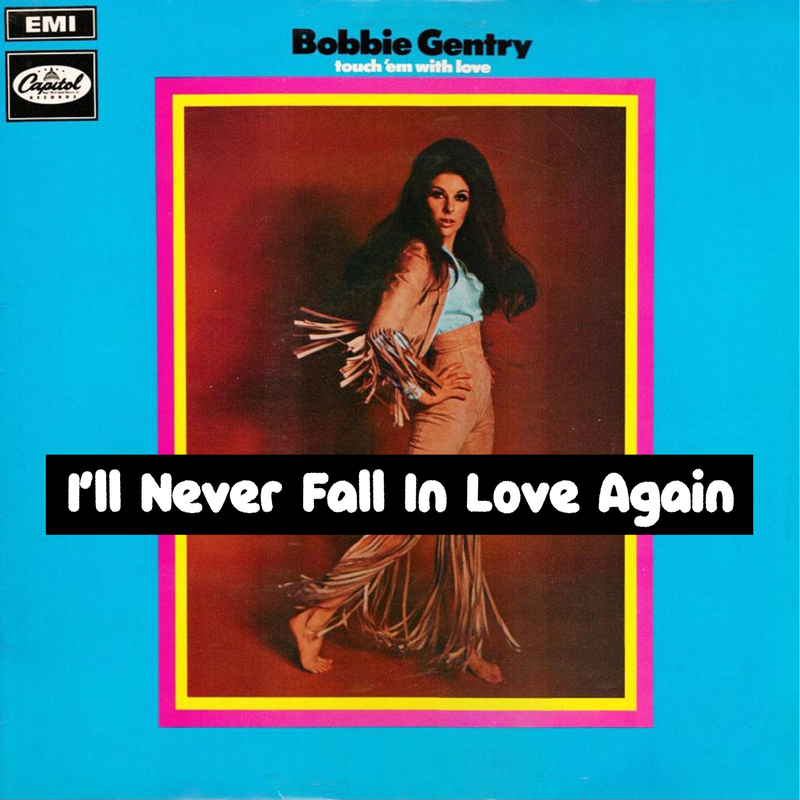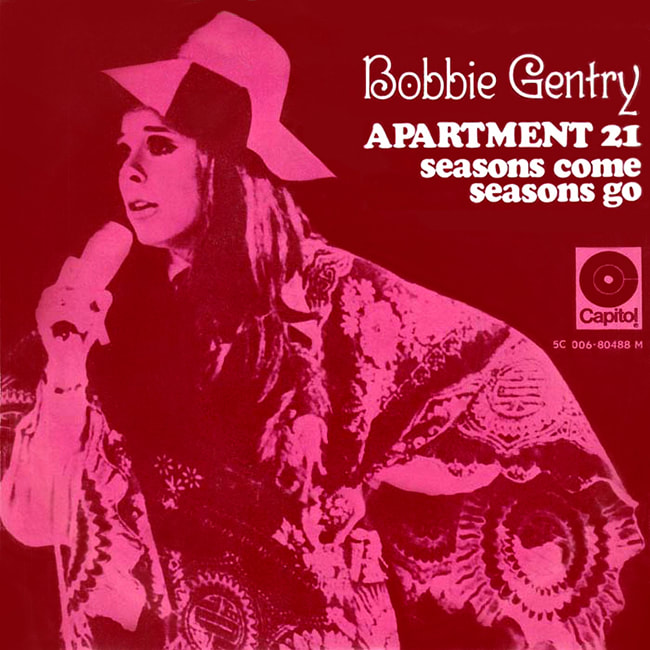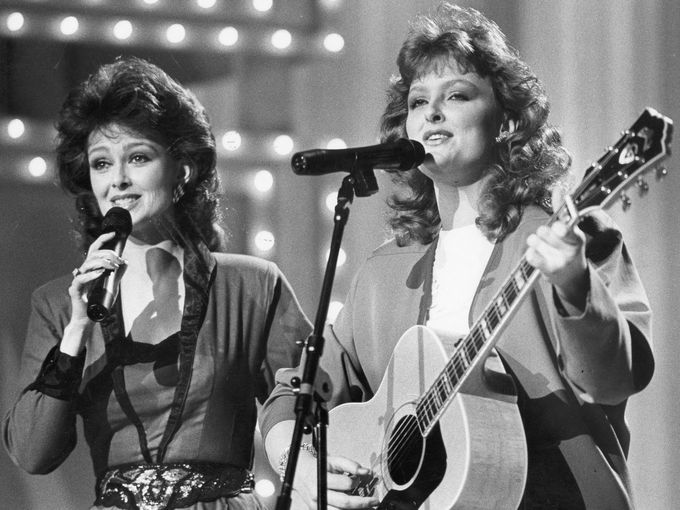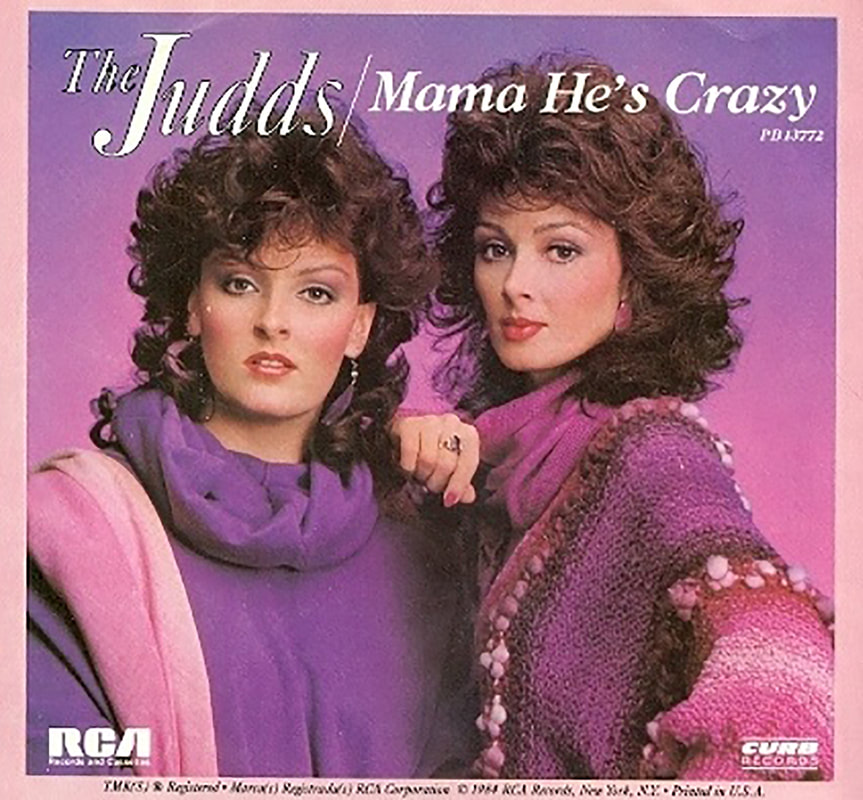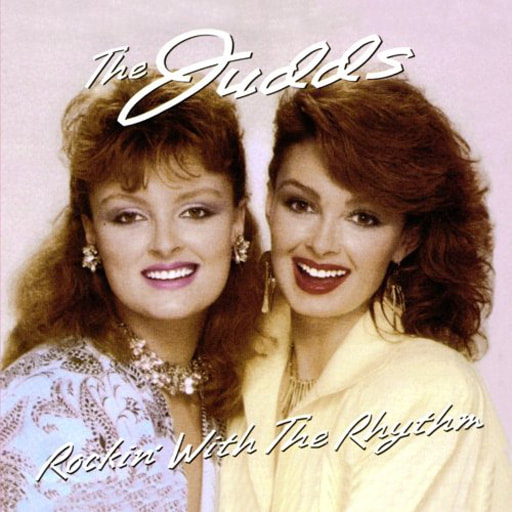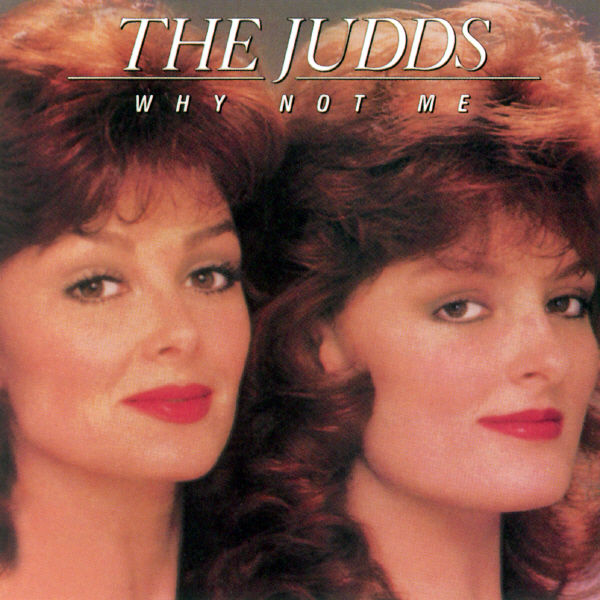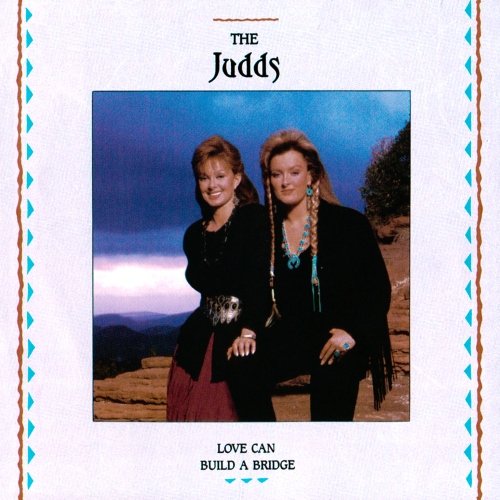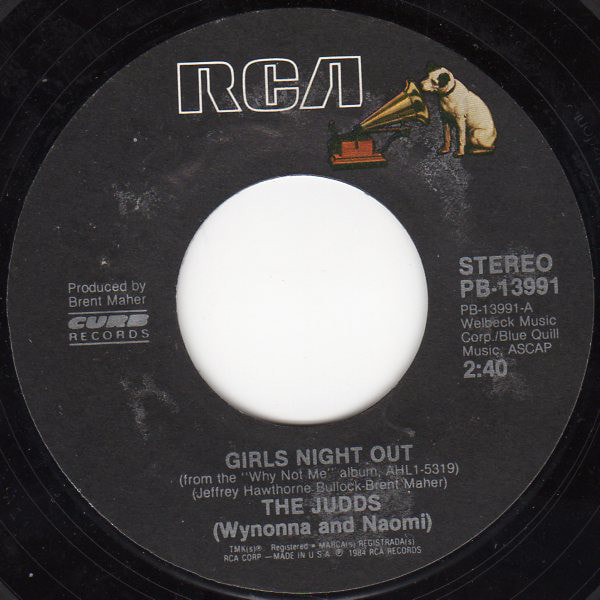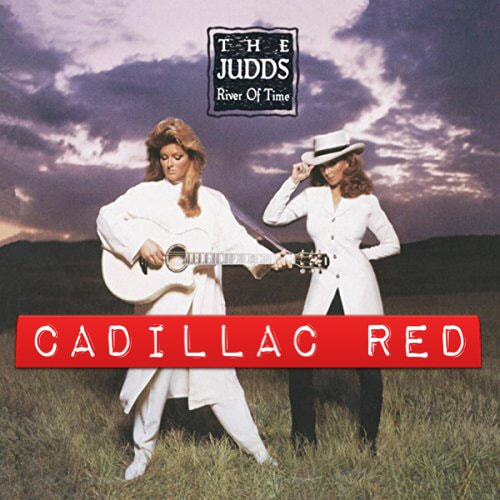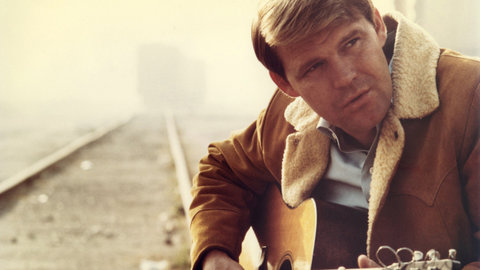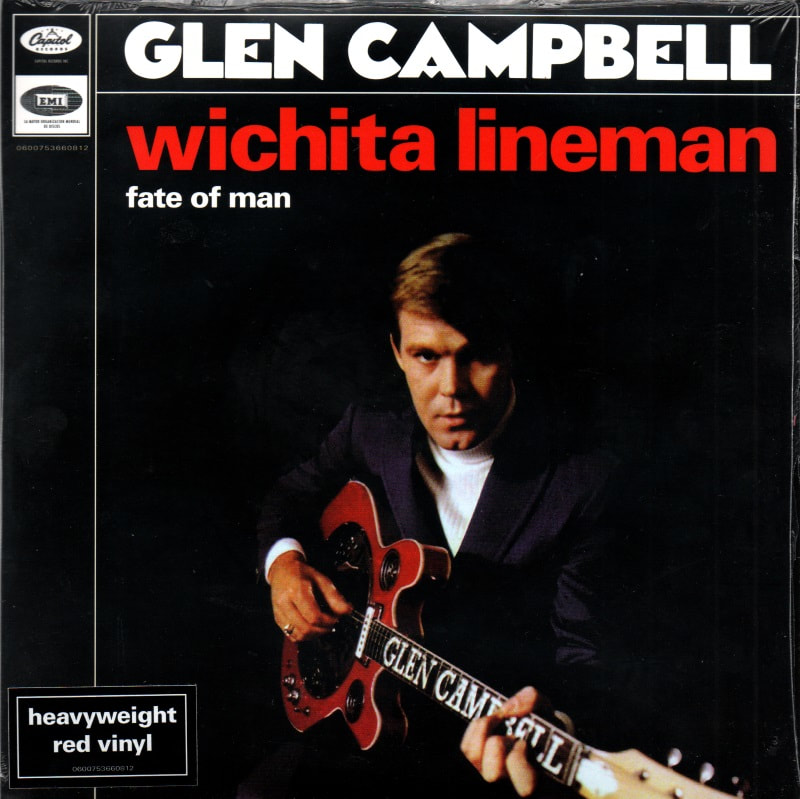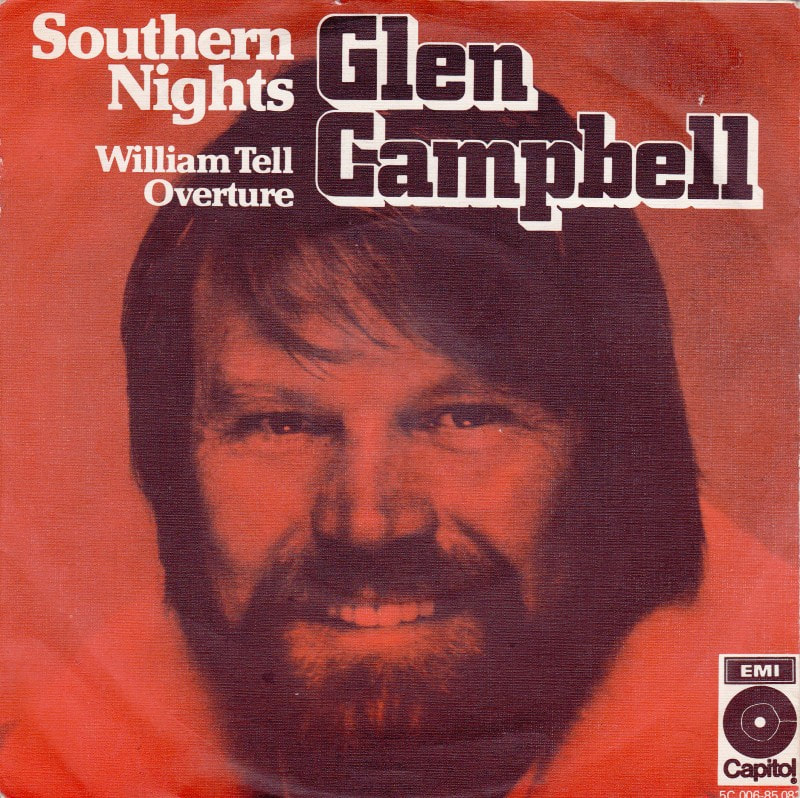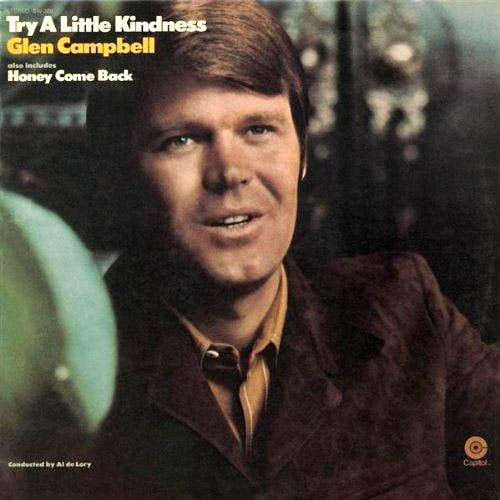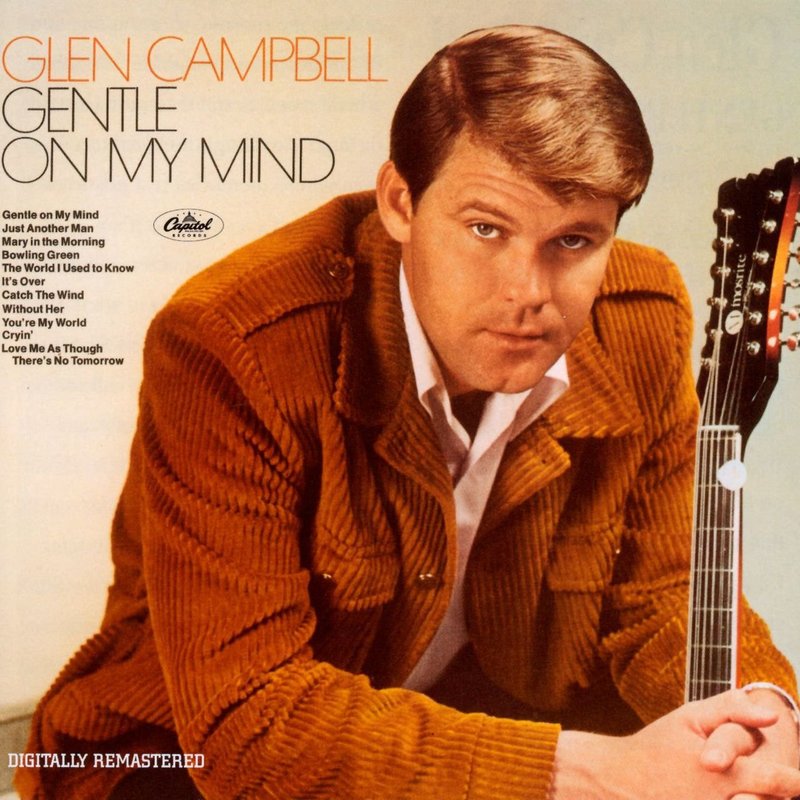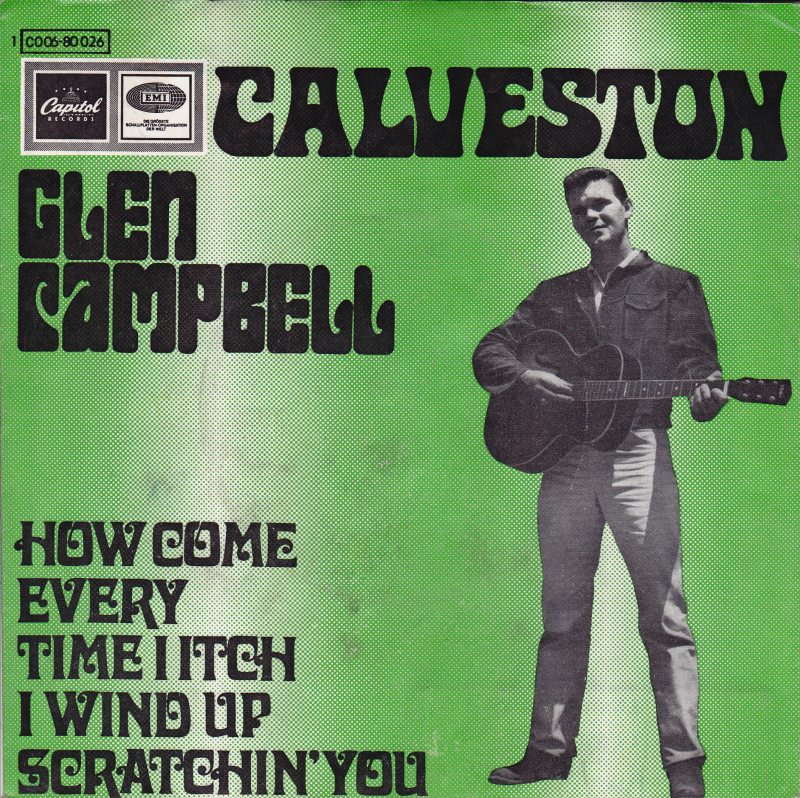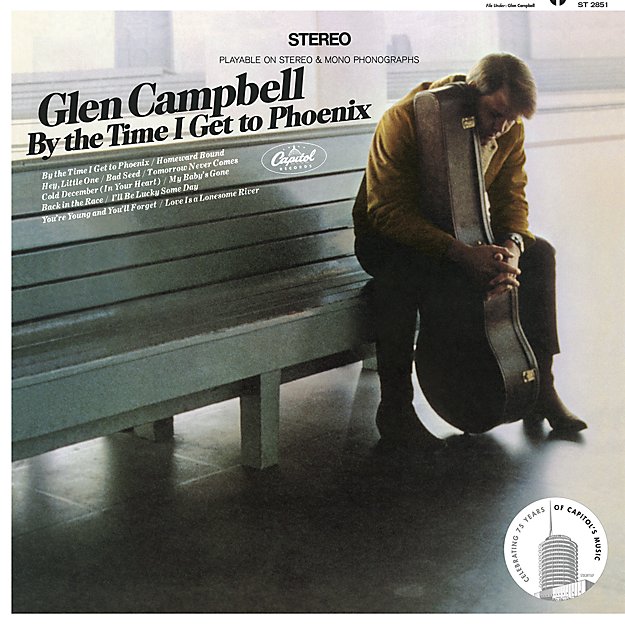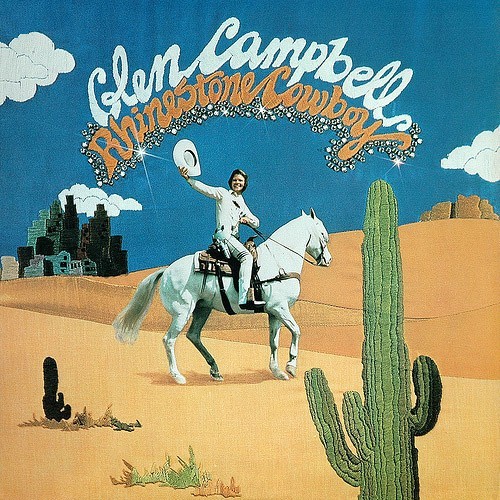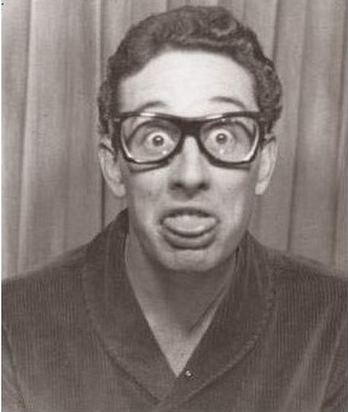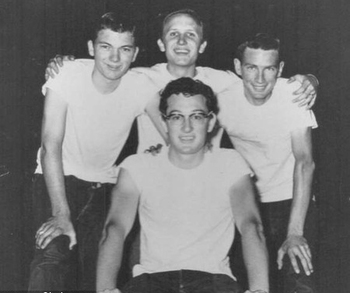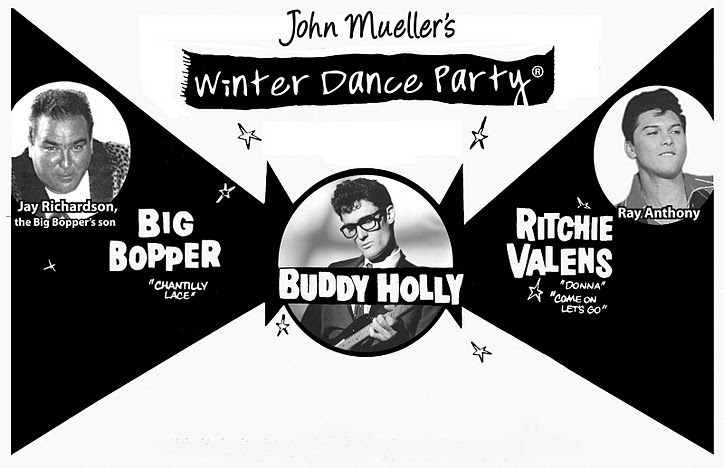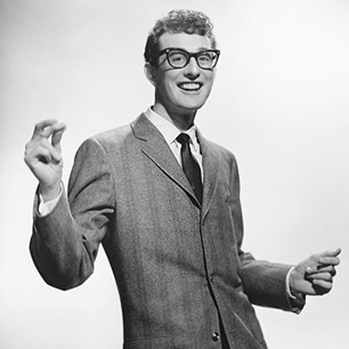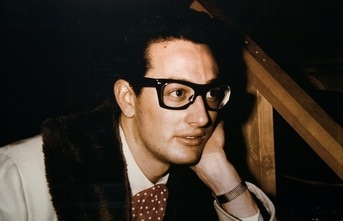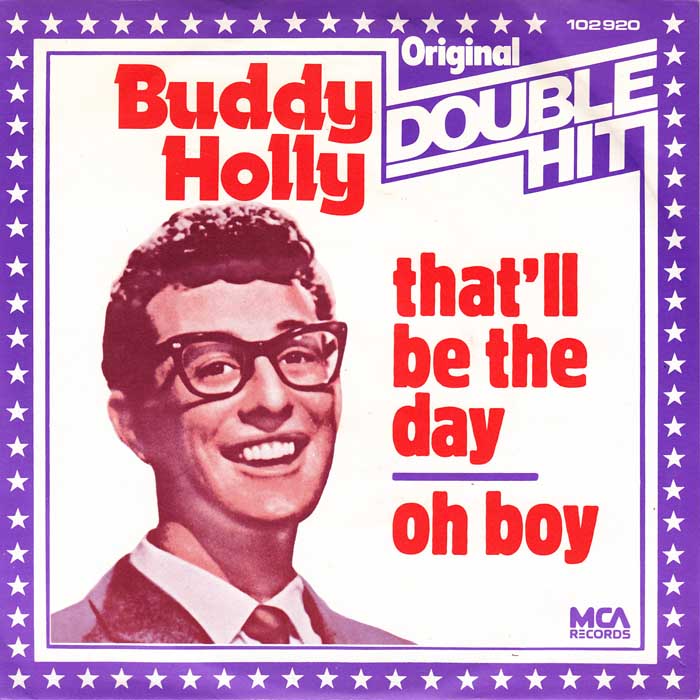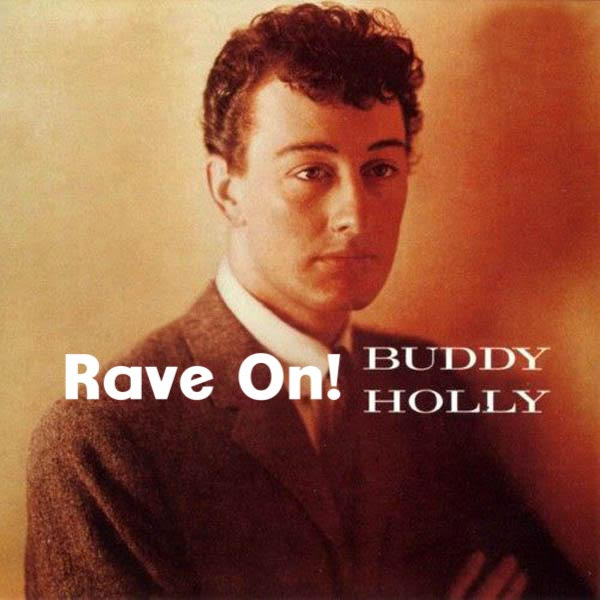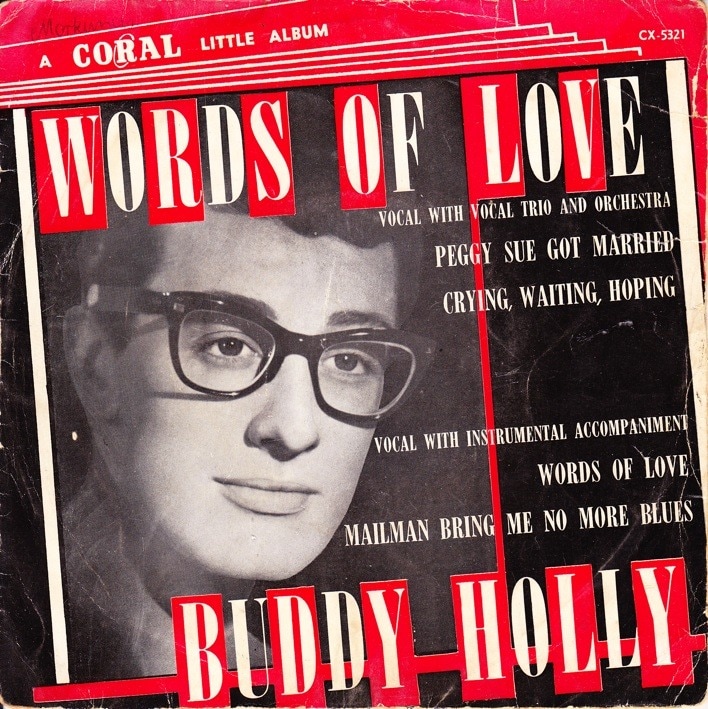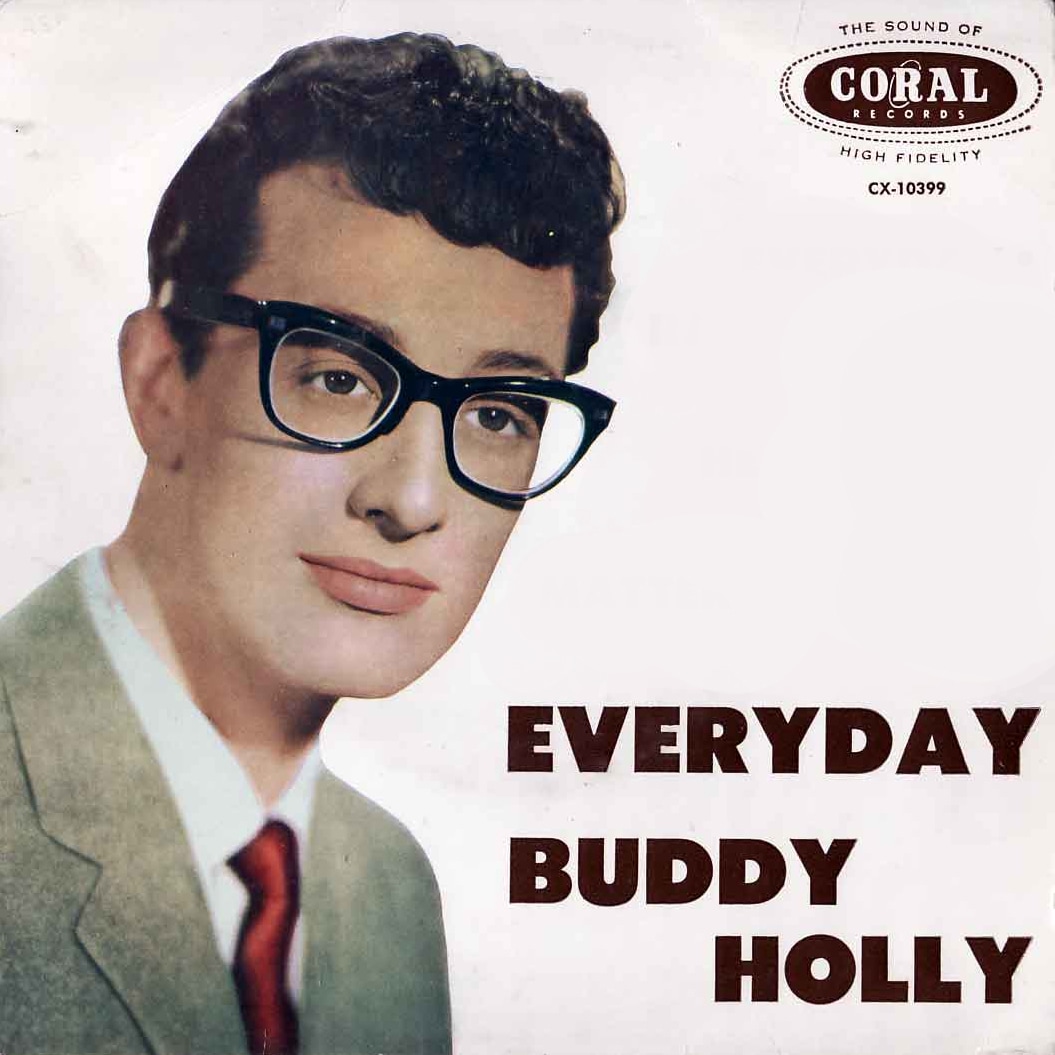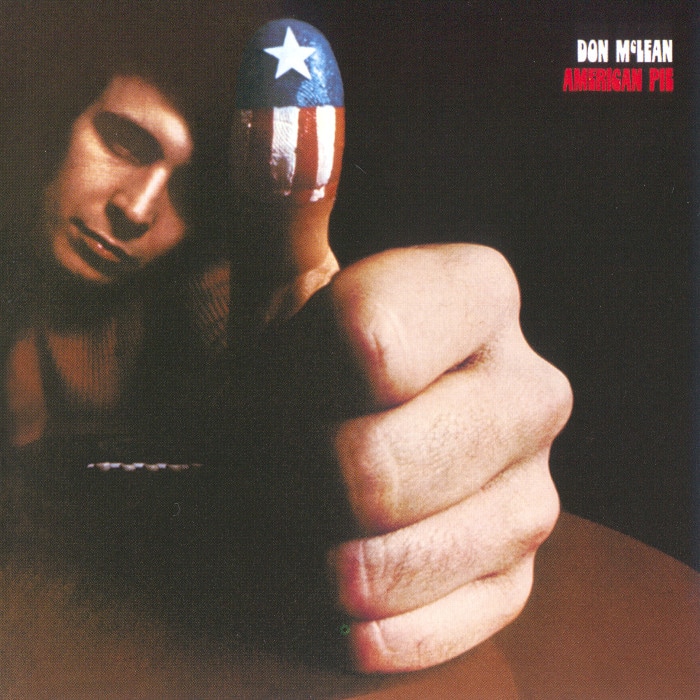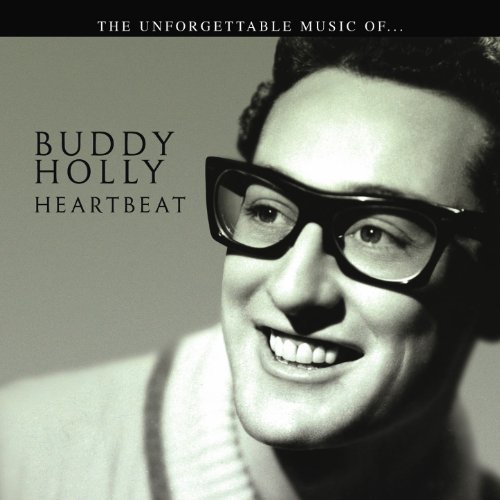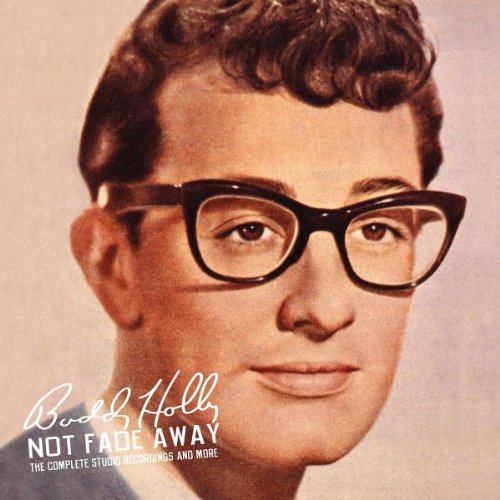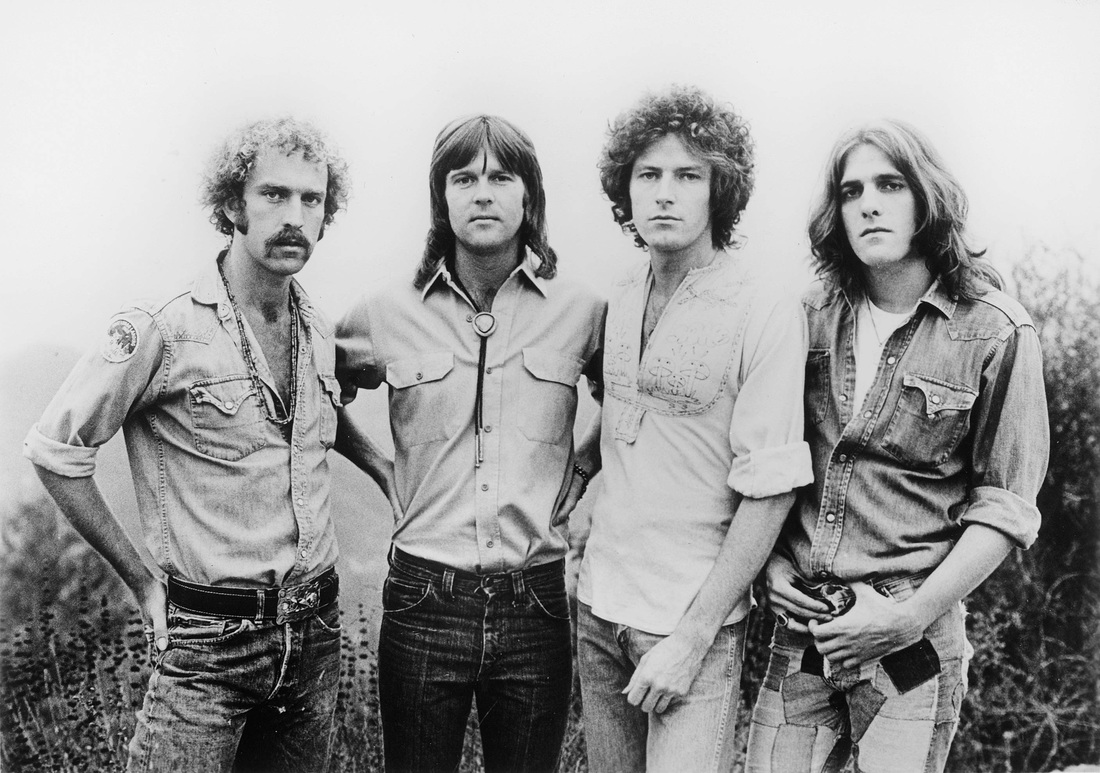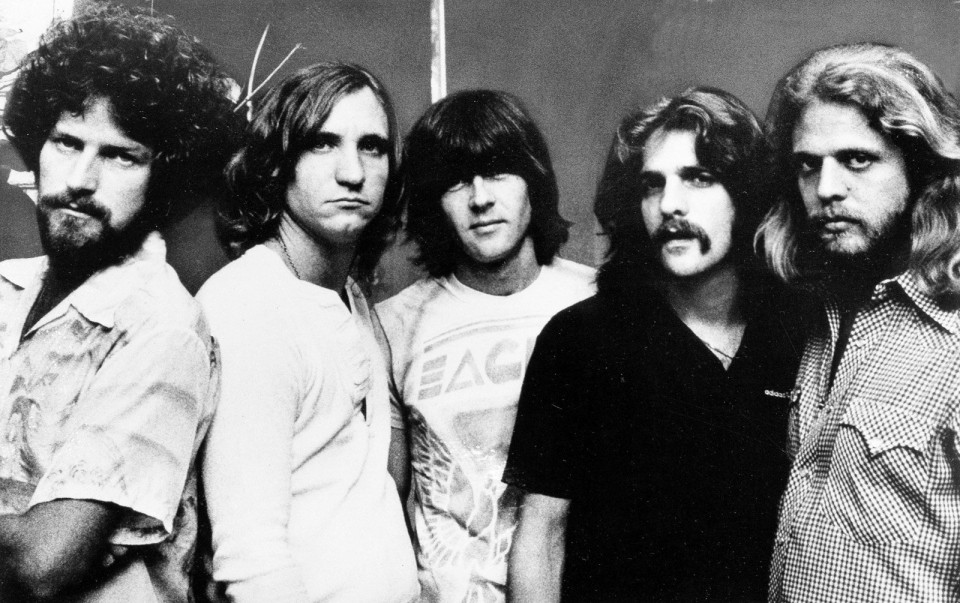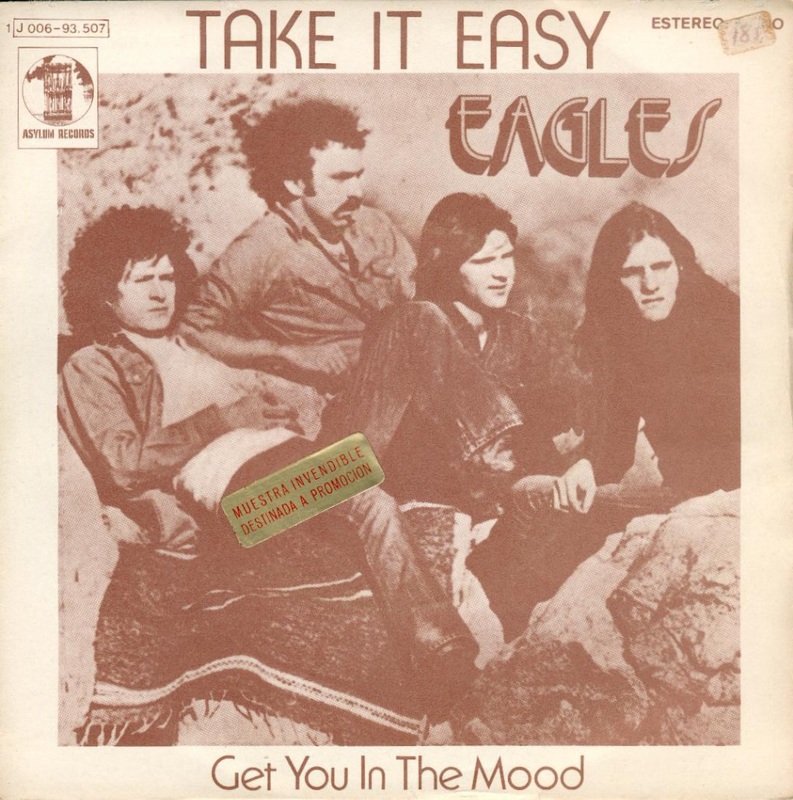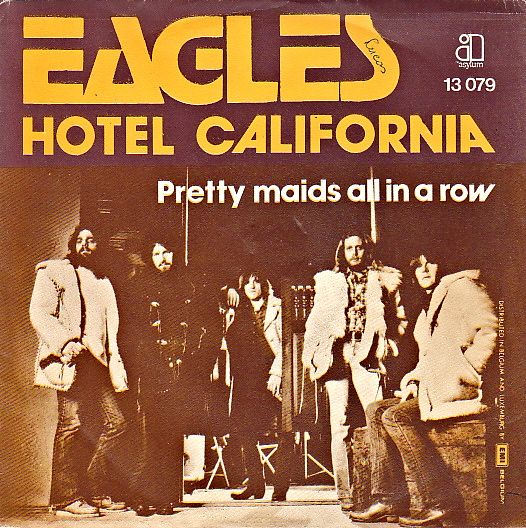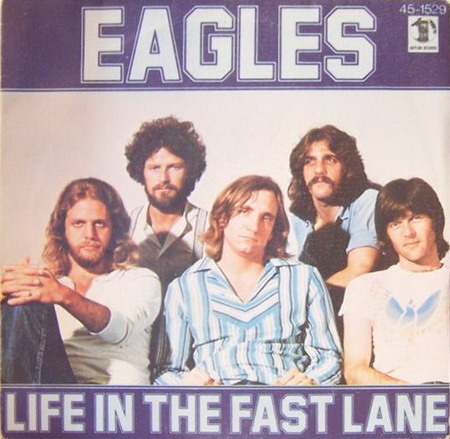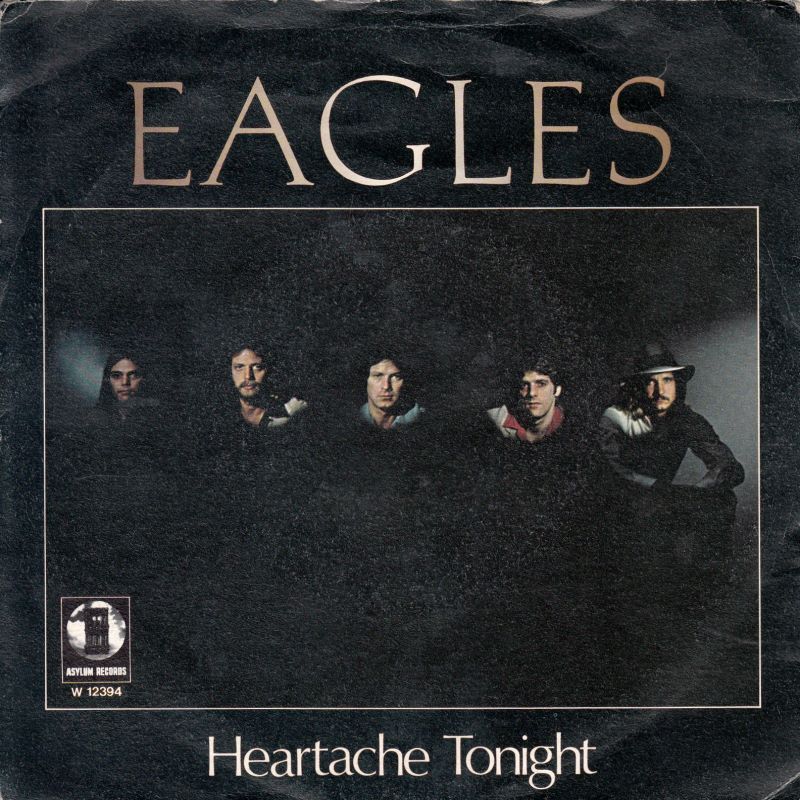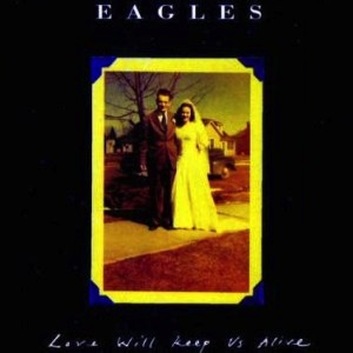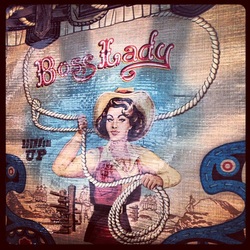|
Kenny Rogers died on March 20, 2020 at the age of 81. He left a legacy of chart-topping music as well as some memorable acting performances. This week we pay tribute to the man with the ultimate beard who transcended genres to become one of the greatest singer/songwriters the world has ever known. Ladies and Gentleman, please give it up for The Gambler.
Pick 1
“Love Will Turn You Around” was released in 1982 as the lead single and title track for Kenny Rogers’ album, Love Will Turn You Around, and the theme song to his movie, Six Pack (1982). The song hit No. 1 on Billboard Hot Country, No. 13 on Billboard Hot 100, No. 1 on both Canadian Adult Contemporary and Canadian Country Tracks, and was nominated for a Grammy for Best Male Country Vocal Performance.
Six Pack is about a down-on-his-luck race car driver who befriends a group of orphans. Kenny Rogers plays the lead character, Brewster Baker. It also stars Diane Lane, Erin Gray, and Anthony Michael Hall. In 1983, a spin-off was created for television that starred Don Johnson as Brewster Baker, Markie Post, and featured Joaquin Phoenix (billed as Leaf Phoenix) in his second role.
Pick 2
“Ruby, Don’t Take Your Love to Town” was written by Mel Tillis and first recorded by Waylon Jennings in 1966 for his album Love of the Common People (1967).
Kenny Rogers recorded a version in 1969 that was released by Kenny Rogers and The First Edition from their fourth album, Ruby, Don’t Take Your Love to Town, which was the first album credited as Kenny Rogers and The First Edition. Their version became an international hit, peaking at No. 6 on Billboard Hot 100 and on Billboard Adult Contemporary and at No. 39 on Billboard Hot Country. After Rogers went solo in 1975, he re-recorded the song (along with several other First Edition hits) for his 1977 greatest hits album, Ten Years of Gold.
Pick 3
“Daytime Friends” was released as the lead single for Kenny Rogers’ 1977 album, Daytime Friends. The song became Rogers’ second number one hit on the country chart as a solo artist. It also peaked at No. 28 on Billboard Hot 100 and No. 13 on Billboard Easy Listening, topped the contemporary and country charts in Canada, and landed at No. 39 on the UK Singles chart.
Pick 4
Written by the Bee Gees, “Islands in the Stream” was performed by Kenny Rogers and Dolly Parton and released as the first single from Rogers’ album, Eyes That See in the Dark (1983). It was named after Ernest Hemingway’s 1977 novel and originally written for Marvin Gaye in an R&B style.
With a B-side of Dolly Parton’s “I Will Always Love You,” “Islands in the Stream” hit No. 1 on Billboard Hot 100, knocking Bonnie Tyler’s “Total Eclipse of the Heart” off the pedestal. It also nabbed the top spot on Billboard Hot Country and Billboard Adult Contemporary and landed in the Top 10 in several countries. Due to licensing restrictions, “Islands in the Stream” isn’t included on the digital version of the album but it can be found primarily on Dolly’s various compilations.
Pick 5
“Lady” was written by Lionel Richie and first recorded by Kenny Rogers and released from his 1980 album, Greatest Hits. The song was a smash-hit and one of Rogers’ biggest hits. The production work was Richie’s first since breaking with the band The Commodores, and he also performed the song on his 1998 album, Time.
Kenny Rogers’ version of “Lady” was the first single of the 1980s to chart on all four of Billboard magazine’s charts and spent six weeks at the top of Billboard Hot 100. It was ranked the third biggest hit of 1981.
Pick 6
Written by Kim Carnes and David Ellingson, “Don’t Fall in Love with a Dreamer” was recorded by Kenny Rogers and Kim Carnes and released in March 1980 as the only single from Rogers’ album, Gideon (1980). The song landed at No. 3 on Billboard Hot Country, No. 4 on Billboard Hot 100, No. 2 on Billboard Adult Contemporary. It also hit the charts in Canada, New Zealand, and Australia.
Pick 7
Written by Kenny Rogers, “Sweet Music Man” was released as the lead single from Rogers’ 1977 album, Daytime Friends. The song landed the top spot on the charts in Canada and peaked at Bo. 44 on Billboard Hot 100 and No. 9 on Billboard Hot Country. Several artists have covered “Sweet Music Man” including Reba McEntire, Milie Jackson, Waylon Jennings, Anne Murray, Dolly Parton and Tammy Wynette, to name a few.
|
Pick 8
“Coward of the County” was written by Roger Bowling and Billy Edd Wheeler and was recorded by Kenny Rogers for his eighth studio album, Kenny (1979). It was released as the second single from the album and became a cross-over hit, topping Billboard Hot Country and reaching No. 3 on Billboard Hot 100. It also topped the charts in Canada, the UK, and in Ireland where it held its No. 1 position for six consecutive weeks. Alvin and the Chipmunks covered the song for their 1981 album, Urban Chipmunk.
Controversy: It’s rumored that the song’s villains, The Gatlin Boys, is a reference to The Gatlin Brothers. Wheeler denies the rumor, but Roger Bowling and Larry Gatlin had a different story. Kenny Rogers has said that he didn’t see the connection when he agreed to perform “Coward of the County.” If he had known, he would have asked the writers to use a different name for the men who gang rape Becky, the main character’s love interest.
“Coward of the County” inspired the 1981 television movie, Coward of the County. The film stars Kenny Rogers as Tommy’s uncle, Rev. Matthew Spencer.
Pick 9
Written by Debbie Hupp and Bob Morrison, “You Decorated My Life” was recorded by Kenny Rogers and released as the lead single from his 1979 album, Kenny. The song topped Billboard Hot Country and peaked at No. 2 on Billboard Adult Contemporary and No. 7 on Billboard Hot 100.
Pick 10
“Reuben James” is the last song on Kenny Rogers and The First Edition’s 1969 album, Ruby, Don’t Take Your Love to Town. The song became a Top 30 hit on Billboard Hot 100 and was covered by Conway Twitty on his album, Hello Darlin’ (1970). Kenny Rogers re-recorded the song as a solo artist, and it’s been included on several of his compilation albums.
Pick 11
“She Believes in Me” was recorded by Kenny Rogers and released as the second single from his 1978 album, The Gambler. Released in April 1979, the song became one of the biggest cross-over hits of that year, topping Billboard Hot Country and Billboard Adult Contemporary and landing at No. 5 on Billboard Hot 100.
Pick 12
Produced by Lionel Richie, “Through the Years” was recorded by Kenny Rogers and released in December 1981 from his album, Share Your Love. The song reached No. 13 on Billboard Hot 100 and stayed in the Top 40 for eleven weeks. It hit the top spot on Billboard Adult Contemporary and No. 5 on Billboard Hot Country. Though it had relatively minor success in North America, Rogers credits “Through the Years” as one of his great career songs.
Pick 13
“Lucille” was written by Roger Bowling and Hal Bynum. Kenny Rogers recorded it for his debut solo album, Kenny Rogers (1976). The song was released as the second and final single from the album. It became Rogers’ first hit after leaving the group, The First Edition, topping Billboard Hot Country and reaching No. 5 on Billboard Hot 100.
Pick 14
“We’ve Got Tonight” was written by Bob Seger and recorded by Kenny Rogers and Sheena Easton. Released as the lead single for Rogers’ fourteenth studio album, We’ve Got Tonight, the song topped Billboard Hot Country and peaked at No. 2 on Billboard Adult Contemporary and No. 6 on Billboard Hot 100.
Pick 15
Written by Don Schlitz, “The Gambler” was recorded by several artists, including Johnny Cash for the 1978 album Gone Girl, but it was Kenny Rogers who made the song famous. The song was released in 1978 from Rogers’ album, The Gambler. It hit the top on Billboard Hot Country, making it one of five consecutive number one hits. It also hit No. 16 on Billboard Hot 100, No. 3 on Billboard Adult Contemporary, and won Rogers a Grammy for best male country vocal performance. In 2018, it was added to the National Recording Registry by the Library of Congress. Following Rogers’ death on March 20, 2020, “The Gambler” (as well as his duet with Dolly Parton, “Islands in the Stream”) soared to No. 1 on Billboard Digital Song Sales.
Kenny Rogers starred in a series of TV movies that were loosely based on the song. There were five movies in the series: Kenny Rogers as The Gambler (1980). Kenny Rogers as The Gambler: The Adventure Continues (1983), Kenny Rogers as The Gambler, Part III: The Legend Continues (1987, The Gambler Returns: The Luck of the Draw (1991), and Gambler IV: Playing for Keeps (1994).
|
|
0 Comments
Together original members Glenn Frey, Don Henley, Bernie Leadon, and Randy Meisner were Eagles. Formed in 1971 while touring with Linda Ronstadt, Eagles are the highest-selling band in American history with 150 million copies worldwide. "Their Greatest Hits (1971-1975)" held the title for all-time highest-selling album until 2009 when Michael Jackson's "Thriller" took the top spot following his death. The group later expanded to include Don Felder, Joe Walsh, and Timothy B. Schmit. Over the course of their career, Eagles have won six Grammy Awards, been inducted into the Rock and Roll Hall of Fame, and are always included in the "Greatest Artists" lists in publications all over the world. We'll do our best to narrow down the list to just seven awesome songs as we pay tribute this week to Eagles.
With the recent passing of Phillip Everly (Jan. 3, 2014), we’d like to take this time to pay tribute to The Everly Brothers. If you don’t have the Everly Brothers in your music collection, you’re missing out on one of the most beautiful harmonies you’ll ever hear in music. Early On Don and Phil Everly started out singing as part of The Everly Family on a radio program in Iowa. When the family moved to Tennessee, Don and Phil transitioned out of the family act and into a duo. If you think the Everly Brothers are just old-school crooners in a time when music was vanilla as vanilla ice cream, you’d be sorely mistaken. Everything we call country rock today has stemmed from the Everly Brothers’ influence. Influence They were the Beatles’ Beatles, gods for Simon & Garfunkel, and the wave the Beach Boys rode in on. “Cathy’s Clown,” “Wake Up Little Susie,” “Bye Bye Love,” “All I Have To Do Is Dream,” and “Be-Bop-A-Lula” are among the Everly Brother’s 35 Top 100 songs, more than any other duo. “Wake Up, Little Susie” was a bit controversial for the time because naysayers thought the song was too sexual. The song was banned on radio stations in Boston and other part of the country. International Presence Not only were the Everly Brothers popular in the United States, they were just as successful in Britain, thus the connection to the Beatles. In the U.K. they had 30 chart singles, 29 in the top 40, 13 top 10 and 4 at No. 1 between 1957 and 1984. Accolades and Tributes Rolling Stone has labeled them “the most important vocal duo in rock.” They have been inducted into both the Rock and Roll Hall of Fame and Country Music Hall of Fame. Three Everly Brothers tribute albums were released in 2013, including Norah Jones and Billy Joe Armstrong’s “Foreverly.” There have also been several famous covers of their songs including Alison Krauss and Robert Plant’s version of “Gone Gone Gone” off the “Raising Sand” album, Reba McEntire’s “Cathy’s Clown,” and a-ha’s “Crying In the Rain.” Although their influence runs deep through today’s music, the main reason you should add the Everly Brothers' music to your playlist is their harmony. It’s beautiful, soothing, and graceful, the perfect background for just about any day of the year. An Everly Brothers' Sampling "Wake Up Little Susie" is a classic Everly Brothers' tune. It's catchy, clever, and quite controversial for the time. It was banned from the radio in places like Boston for its suggestive lyrics. The song has been covered by Simon & Garfunkel, the Grateful Dead, and Alvin and the Chipmunks, to name a few. If there's one Everly Brothers' tune you must have, it's this song. If you haven't heard "Cathy's Clown" then you really need to have a listen. Not only is the song the Everyly Brothers' biggest hit, but it was also a huge influence on The Beatles, who once considered calling themselves The Foreverly Brothers. The Beatles recreated the vocal arrangement of "Cathy's Clown" in their first U.S. single, "Please Please Me." The song "Bye Bye Love" was rejected by 30 other acts before the Everly Brothers. The song became the duo's first million-seller reaching number two behind Elvis and number 1 on the country charts. The song is catchy, which is probably why it's been covered by people like George Harrison, Simon & Garfunkel, Roy Orbison, and Ray Charles. You gotta have "All I Have to Do Is Dream" in your playlist. It's so beautiful and relaxing and sad and soothing all at the same time. Enough said. "Bird Dog" is a lesser known Everly Brothers' hit, but the lyrics are clever and the beat is fast-paced. The song's simple and very fun to sing. Give it a listen and you'll find yourself singing the song later on in the day. "('Til) I Kissed You" is a must-have Everly Brothers' song. A swanky beat and beautiful harmony is at the core of this song. You'll find yourself singing this song to your significant other, if you're on good terms, as you twirl them about the living room. "Gone Gone Gone" is a classic break-up empowerment song. If you've ever kicked someone to the curb because they treated you less than in your relationship, then give this song a listen. You'll find yourself feeling a whole lot better. As a bonus check out Alison Kraus and Robert Plant's cover of this song from their album, Raising Sand.
If you like country music, you'll love their classic country roots. If you don't like country music, you'll like their clever lyrics and rebellious attitude. No matter what side of the fence you're on the Dixie Chicks are a win-win for every music fan. Just to be clear - we're talking music here, not politics.
|
FREE HARMONICA LESSONS
About Vinyl:
Vinyl is a great place to have a cup of coffee and listen to music. We've got a range of sounds for the eclectic ear and tons of comfortable couches and bean bag chairs, as well as a few private sound booths in case you're a little embarrassed by the kind of music you like to listen to. Every time you walk into Vinyl, it feels like you never left home. Sound Booth Availability
OPENBrowse
All
Got Music?
Order Music
Local Artists
Little Cracker
Sonya Barrett
|

